Scary-looking cars, the McLaren P1 and Porsche 918 Spyder. Especially when they’re lined up beside one another, V8 engines percolating, heat soak wafting out of their many portals, providing anyone who comes near them with a clear and acutely physical indication of how much energy they contain within.
Together, they produce almost 1800bhp. Their collective top speed is 431mph. When either – or, better still, both – of their combustion engines are running, the ground beneath your feet begins to oscillate. And yet both cars are also quite extraordinarily beautiful and highly relevant machines to look at and to drink in, albeit for distinctly separate reasons.
The P1 appears more complex visually, especially around its rump, which looks as if it could ingest a grown human being whole without anyone really noticing.
The 918 seems purer and simpler by contrast, despite the garish stripes that adorn the bodywork of this lightweight Weissach Pack version of the car. It has wings and ducts and huge 21-inch rear wheels, yes, but beside the P1 it looks less furious and more fluid. It also looks instantly and unmistakably a Porsche.
The P1 is the more expensive of the pair, at £866,000. McLaren has decreed that it will build just 375 during the next two years, so it’s also the more exclusive. The Porsche, on the other hand, costs a shade over £700,000 in Weissach specification (its actual price is quoted only in euros, at €853,155) and will be more than twice as common as the P1, Porsche intending to build 918 examples over the next two years.
Both are fully paid-up hybrids. The P1’s twin-turbo 3.8-litre V8 and electric motor produce combined outputs of 903bhp and 664lb ft, sent to the rear wheels via a seven-speed dual-clutch automatic gearbox.
The 918 uses a larger but atmospheric 4.6-litre V8 that has genuine competition pedigree and revs higher and harder than the P1’s V8. Unlike the P1, however, the 918 is four-wheel drive, the first and bigger of its two electric motors powering the front axle, the second providing supplementary power to the rear.
Combined, the 918’s quoted outputs are 875bhp and, get this, 944lb ft. So although the Porsche is heavier than the McLaren, at 1634kg versus 1450kg, its torque-to-weight ratio – probably the key figure when it comes to acceleration – is superior.
Like the P1, the 918 uses a seven-speed dual-clutch automatic gearbox and employs a clever torque vectoring system to further increase its traction, not just at corner exit but on entry as well. The 918 also has a limited-slip differential at the back, whereas the P1 does not, McLaren claiming that its car doesn’t need one.
Both have carbonfibre tubs with all-round double wishbone suspension and electronically controlled dampers. The 918 has conventional anti-roll bars at either end but, again, the P1 goes its own way on roll control by using hydraulic springs instead. These can be adjusted from within the cockpit by scrolling through the various drive modes.
The most aggressive is called Race, in which the springs become an incredible 300 per cent stiffer than they are in Track mode.
But it’s what happens to the P1’s ride height and its enormous rear wing that draw the most obvious attention. In the first three modes, the ride height and wing are largely unaffected. But select Race and the car lowers itself hydraulically by 50mm and the rear wing reveals itself in all its carbonfibre glory.
The transformation is akin to that of Clark Kent before and after he enters the phone box, and it provides the P1 with GT3 racing car levels of stiffness, grip and downforce; McLaren claims that 600kg is generated at 161mph. For a car with numberplates, that is entirely unprecedented, even beside the 918.
However, the Porsche has five different drive modes of its own, ranging from pure electric mode through to Hybrid, Sport, Race and eventually Hot Laps, in which all of the responses from the car’s myriad components – its engine, electric motors, gearbox, brakes, throttle, four-wheel drive system, diff and exhaust (especially the exhaust) – are turned up to 11.
And it’s true that the 918 does feel like an entirely different car as you scroll up through its various modes, becoming increasingly aggressive as you do so.
But even when you press the magic red button on its steering wheel to select Hot Laps, the transformation isn’t as dramatic as when the P1 goes from Track to Race. But if you think that the 918 is some kind of a pussycat beside the P1 merely because its rear wing isn’t as gigantic, think again.
In e-mode, they are both eerily silent and surprisingly relaxed in feel as they move away. The only sound you can hear is road shale pinging into the wheel arch liners as their huge tyres rumble across the ground. In both cars, with the suspension set to its softest, the ride is also remarkably chilled, especially so in the 918, which feels more comfortable and less uptight generally than the P1 on the road.
But the moment that you select Sport in the 918 and the combustion engines fires, all hell breaks loose behind your right ear. And at that point, the 918’s does the full Jekyll and Hyde number as the monster within is unleashed.
Read the full McLaren P1 review
The Porsche’s combustion engine makes an intriguing range of noises, again depending on which mode it’s set to but also how much throttle you apply. At lighter loads, it gurgles and burps and occasionally emits the odd fizz, which is weird but fascinating, given that there’s no forced induction.
Bury the throttle properly in the 918, however, and several things happen, pretty much all at once.
One, the noise from the V8 goes all hard-edged and Cosworth DFV-like, so it sounds utterly delicious. Two, the back of your head thumps the front of the seat in a way that you would never think possible had you not just experienced it. Three, you will almost certainly feel a compulsive need to swear, possibly quite loudly to relieve the tension that has just paralysed your neck muscles. Four, your jaw will fall wide open in disbelief.
And five, the front axle will light up as the full boost of e-power is delivered to it and, for the first time in the 918, you will realise that it is indeed driven by all four wheels – and has the sort of heart-stopping traction that only a very powerful four-wheel-drive car can deliver.
And that’s just in a high gear with the drive mode set to Race. Curiously, though, it’s actually the high-gear, low-rev, full-throttle response that is most staggering in the 918. Dial it up to Hot Laps, rev it out in a low gear and, yes, the noise and the response are even more savage, but you kind of expect a car like this to make your heart explode at full beans.
What you don’t expect is for it to blow your head off at 1500rpm in seventh gear, but the reason that it does so is all to do with the electric motors filling the gap so compulsively at low revs before the combustion engine takes over.
At low revs, it feels like the 918 is powered by a 12.0-litre V10 turbodiesel in which there is, well, 944lb ft of torque seemingly from about 500rpm upwards. And then at high revs – 9000rpm plus – it feels and sounds and goes like a 1970s Formula 1 car. Which is quite some range of appeal, especially if you also consider that it’ll do 40mpg on a UK motorway in Hybrid mode and comes with a 70g/km CO2 rating.
Then again, the P1’s range of abilities and its capacity to astonish are pretty much impossible to overstate as well. In one sense, it feels a touch more one-dimensional than the 918 dynamically, mainly because the contribution from its electric motors isn’t so dramatic.
Read the full Porsche 918 Spyder review
Having said that, at full throttle in the mid-range in third, fourth or fifth gear, the P1’s acceleration is so severe that the first few times you experience it, you will probably back away from the throttle, mainly because your natural sense of survival screams at you to stem the relentless flow of energy. That’s how violently the P1 accelerates under full steam, and it’s the torque that tears hardest at your insides.
The P1 also stops better than the 918 and has much sweeter feel through its brake pedal – for two reasons. First, it weighs almost 200kg less, so it’s bound to stop better. Second, and unlike the Porsche, it doesn’t recuperate its electric power via its brakes, McLaren favouring pedal feel over ultimate regeneration. The 918 has okay brake pedal feel under big pressures but feels a bit odd under lighter loads. It also coasts in Hybrid mode when you lift off the throttle.
And what of the way they steer and change gear and handle? In pretty much everything that they do, they feel refreshingly different from one another. The 918’s gearchange is snappier and faster than the P1’s in its most aggressive mode yet smoother and more refined in Sport.
The P1, on the other hand, has by far the more natural feel to its steering, and you can almost sense the grain of the tarmac beneath your fingers. In the 918, the steering is fast, accurate and direct but nowhere near as touchy-feely as it is in the P1.
But it’s the way they go around corners and, specifically, the way they turn in to those corners and load up their rear ends once committed to them that separates the 918 and P1 most dramatically of all, I believe.
To begin with, the Porsche feels more conventional in its responses. In many ways it feels like a bigger, stiffer, slightly heavier but even more alert version of the Boxster – with about twice as much grip but a similar kind of response from its tail end, if and when you start to lean on it.
Ultimately, the 918 handles, rides and steers like a big daddy version of every senior-level Porsche from the past 10 years, and that’s exactly how Porsche’s engineers wanted it to feel. Which is great, but…
The P1’s chassis, particularly its aerodynamic grip, really is something else again. At normal road speeds you rarely, if ever, notice what kind of sorcery is going on around you, because to get those wings to do their thing you need to be travelling at least somewhere close to three figures.
At normal speeds, in fact, the P1 steers and stops and handles much like a focused version of a 650S. It has more grip and greater stopping power than is ever necessary for use on the public road, but it also feels natural and alive and keyed in to the road in a way that the 918 never quite replicates, even at ordinary speeds.
At high speeds, though, the P1 goes to a place that is well beyond anything you’ll experience in any other road car, including the 918, because at 100mph and beyond the P1 feels like it is superglued to the ground. And the harder you push it, the more stable it feels, just like a full-blown racing car only ever feels lit when it’s being properly nailed.
Try as it does to match that level of breathtaking high-speed composure, the 918 never quite manages it. In the end, it starts to move around and eventually just runs out of grip in a fairly conventional kind of way. That’s partly because the Porsche has less aerodynamic grip to call upon, but also because it weighs more than the McLaren, so it carries more inertia with it everywhere.
And as we discovered on the two-mile runway at Bruntingthorpe, the P1 also blitzes the 918 on the far side of 150mph, purely in a straight line.
To hit 200mph from rest, the McLaren needed just a shade over 20sec. The 918 took almost 30sec, despite them having been neck and neck to 150mph. At the business end of proceedings – be that in a straight line or when going around corners – the P1 rules, in other words.
Which is ironic because, as a car to use on the public road and the public road only, the 918 is almost certainly the more appealing of the two. It’s more refined and has a broader range of abilities yet is every bit as quick where it counts, even more so when it rains thanks to its all-wheel drive.
The verdict
Picking a winner is, therefore, entirely inappropriate, because on some days only the P1 would suffice and on others it would be the other way around. The only solution would be to cover all the bases and have both – assuming that you have a spare one and a half million to spend on toys such as these. And amazingly, some very lucky folks do. Heaven knows what on earth they’ll come up to satisfy them with next.
Read Autocar's previous comparison test - BMW 420d Gran Coupe versus 330d saloon
McLaren P1
Price £866,000; 0-62mph 2.8sec; Top speed 217mph; Economy 34.0mpg; CO2 194g/km; Kerb weight 1450kg; Engine V8, 3799cc, twin-turbo, petrol, plus electric motor; Power 903bhp at 7500rpm; Torque 664lb ft at 4000rpm; Gearbox 7-speed dual-clutch automatic
Porsche 918 Spyder
Price €853,155 (with Weissach Pack); 0-62mph 2.5sec; Top speed 215mph; Economy 94.1mpg; CO2 70g/km; Kerb weight 1634kg; Engine V8, 4593cc, petrol, plus two electric motors; Power 875bhp at 8500rpm; Torque 944lb ft at 4000rpm; Gearbox 7-speed dual-clutch automatic
Why no LaFerrari?
There was one simple reason for the absence of Ferrari’s rival hypercar here: Maranello was invited to provide a car for this test but declined. At the same time, Ferrari made it clear that were we to test a private example, we would not be invited back to Maranello any time soon. Which is a shame because, having driven all three, albeit on separate occasions, I’m reasonably certain that LaFerrari would, shall we say, have acquitted itself quite well in this contest. But there you go…
Get the latest car news, reviews and galleries from Autocar direct to your inbox every week. Enter your email address below:

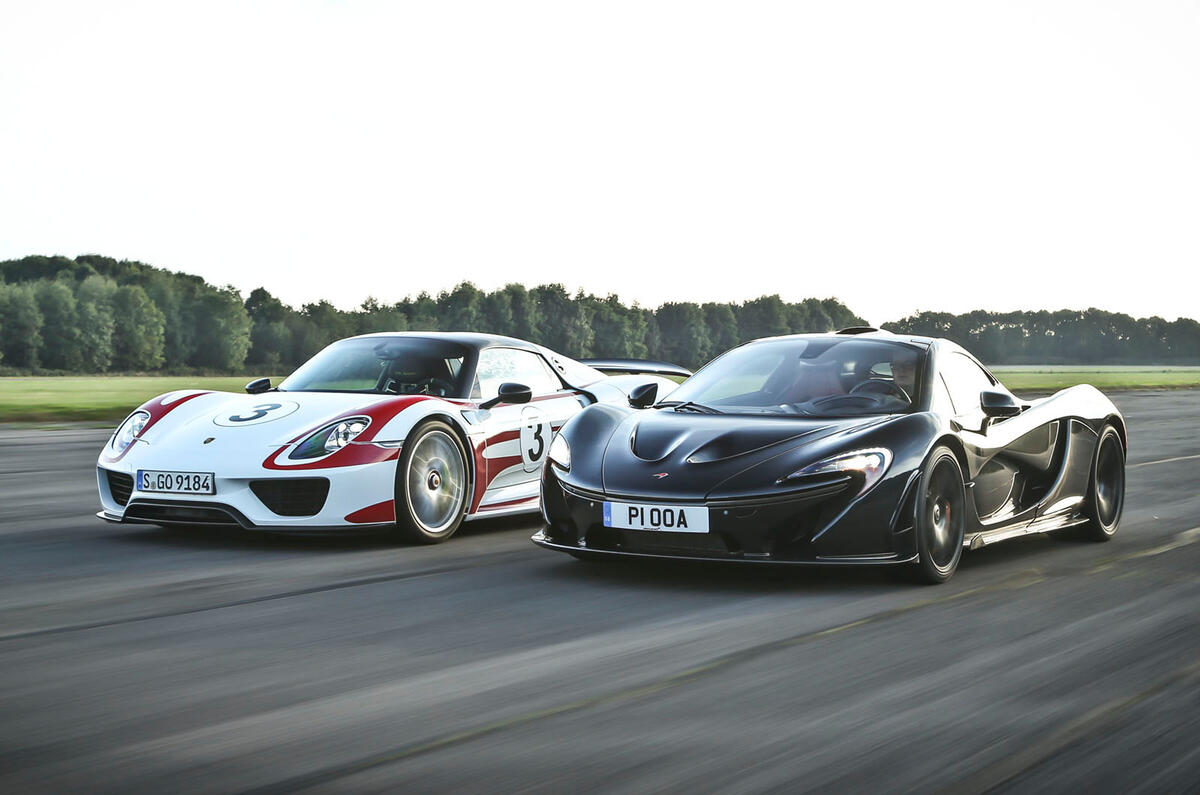
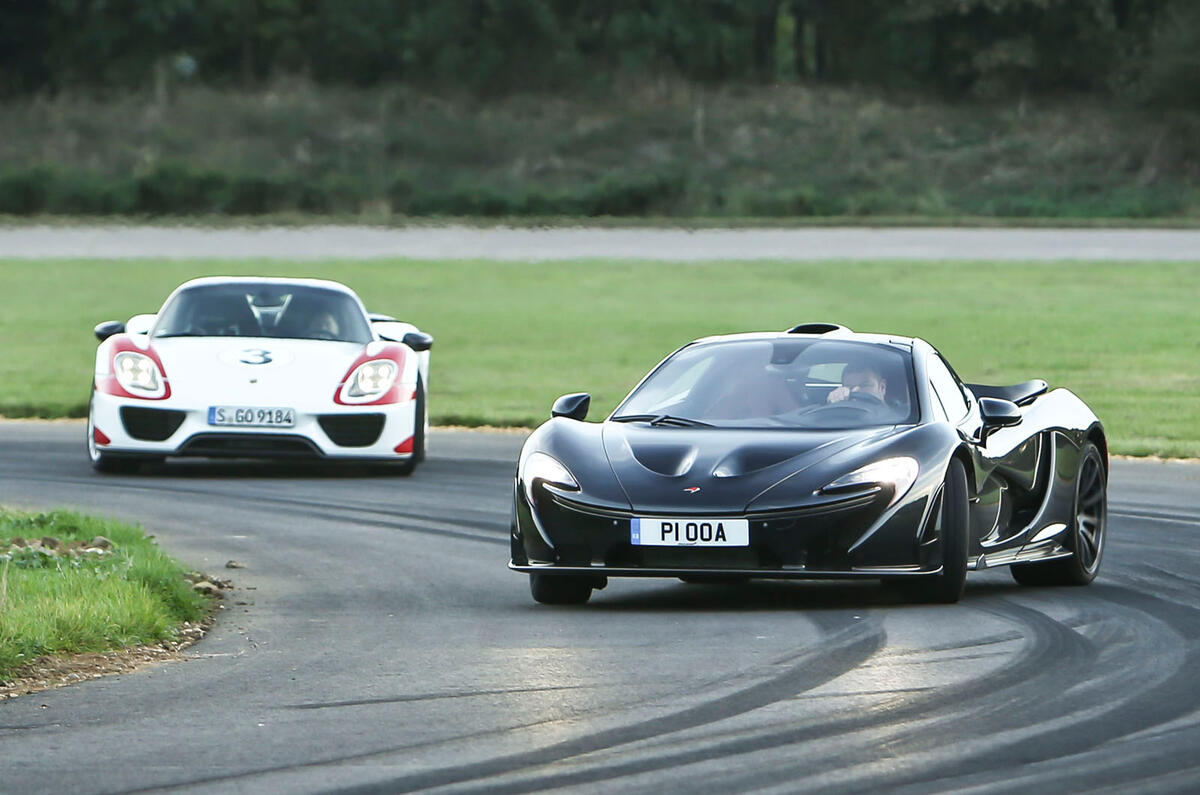
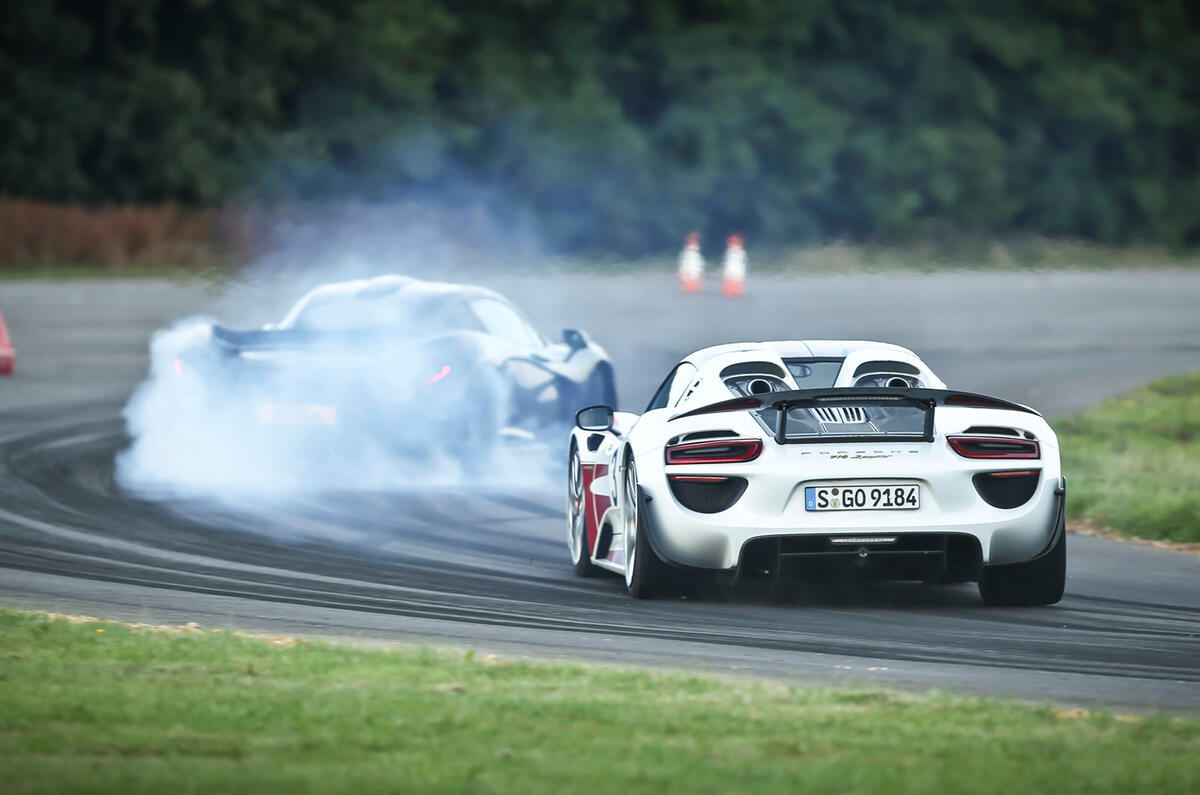
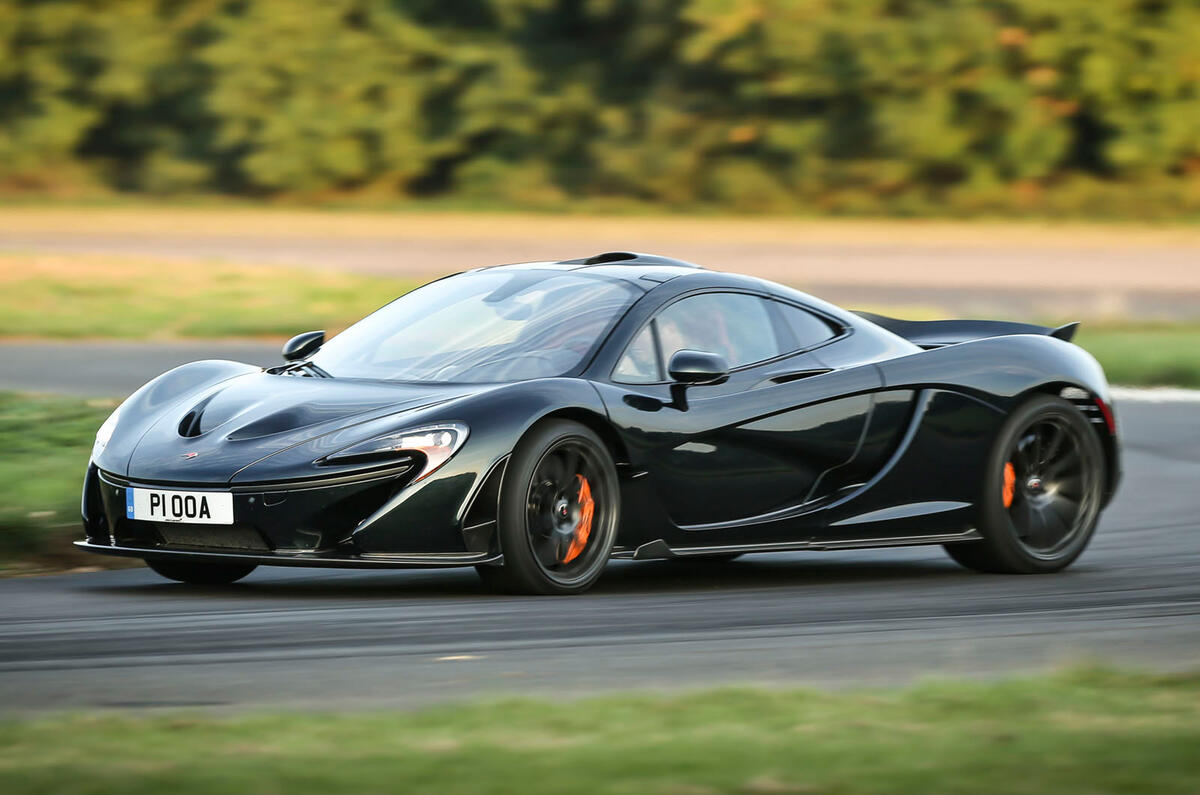
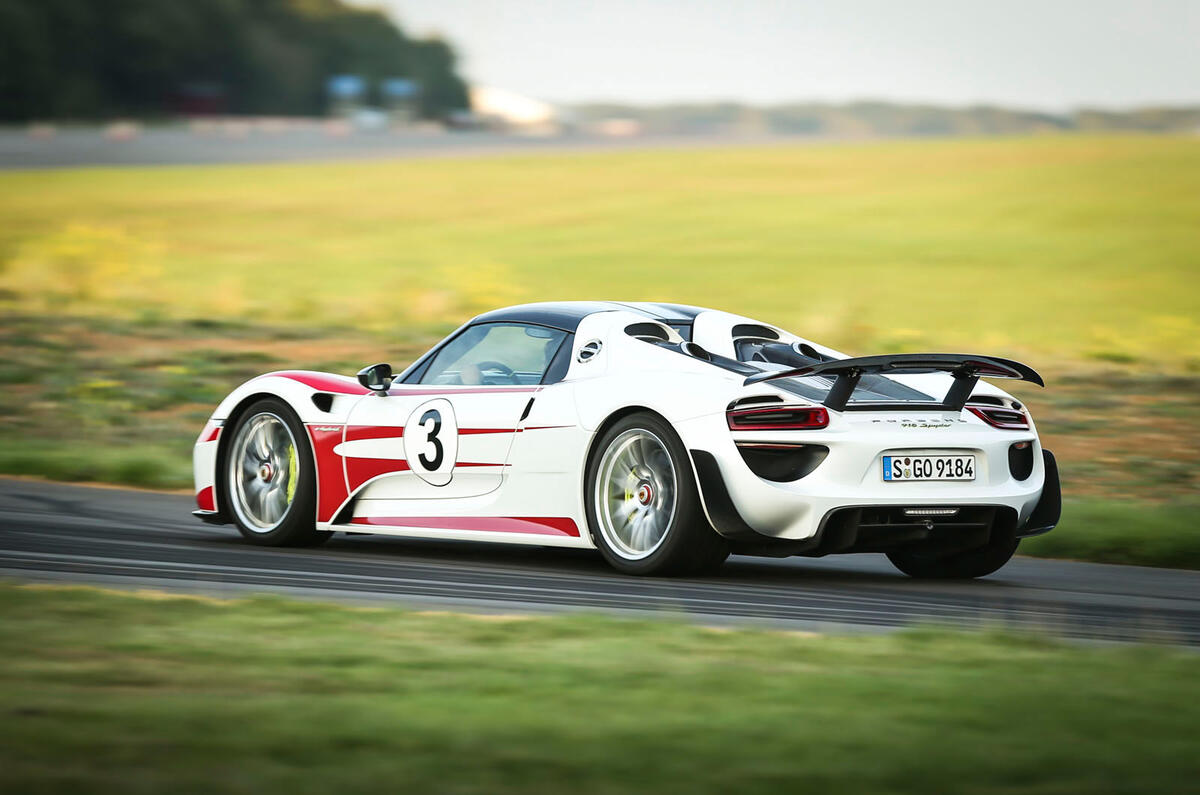
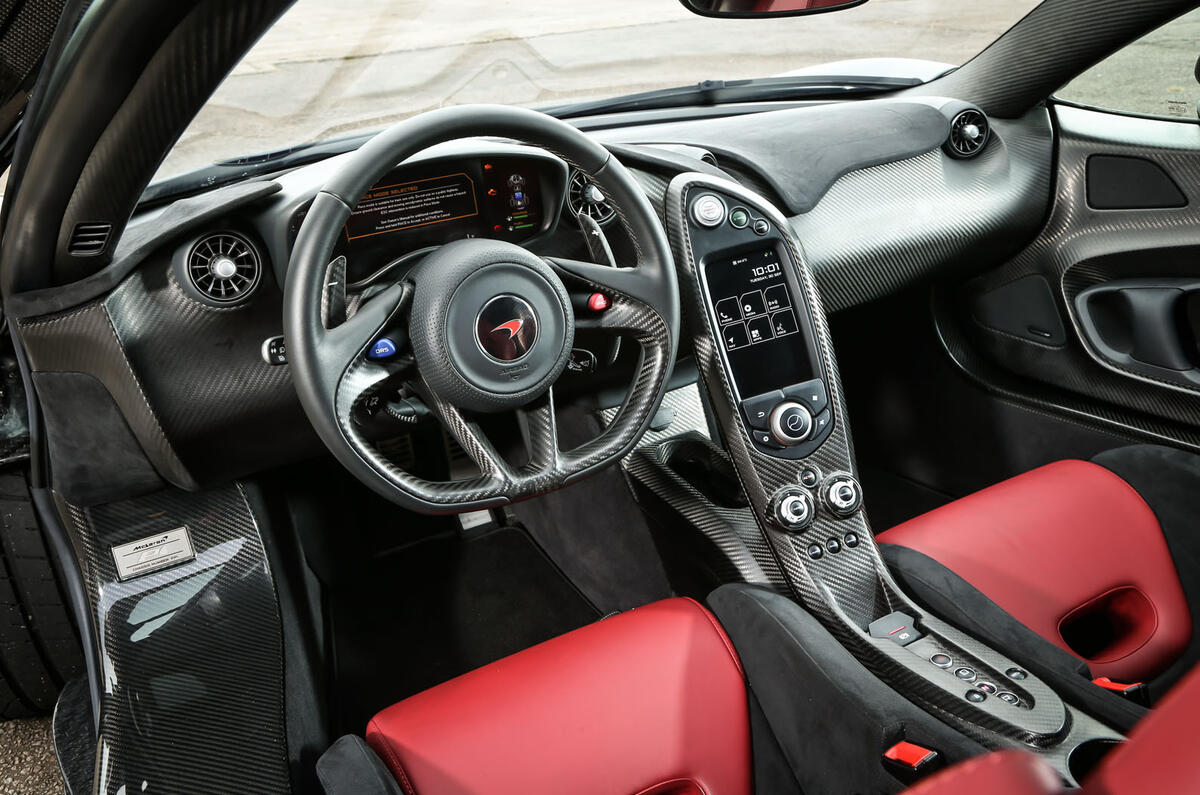

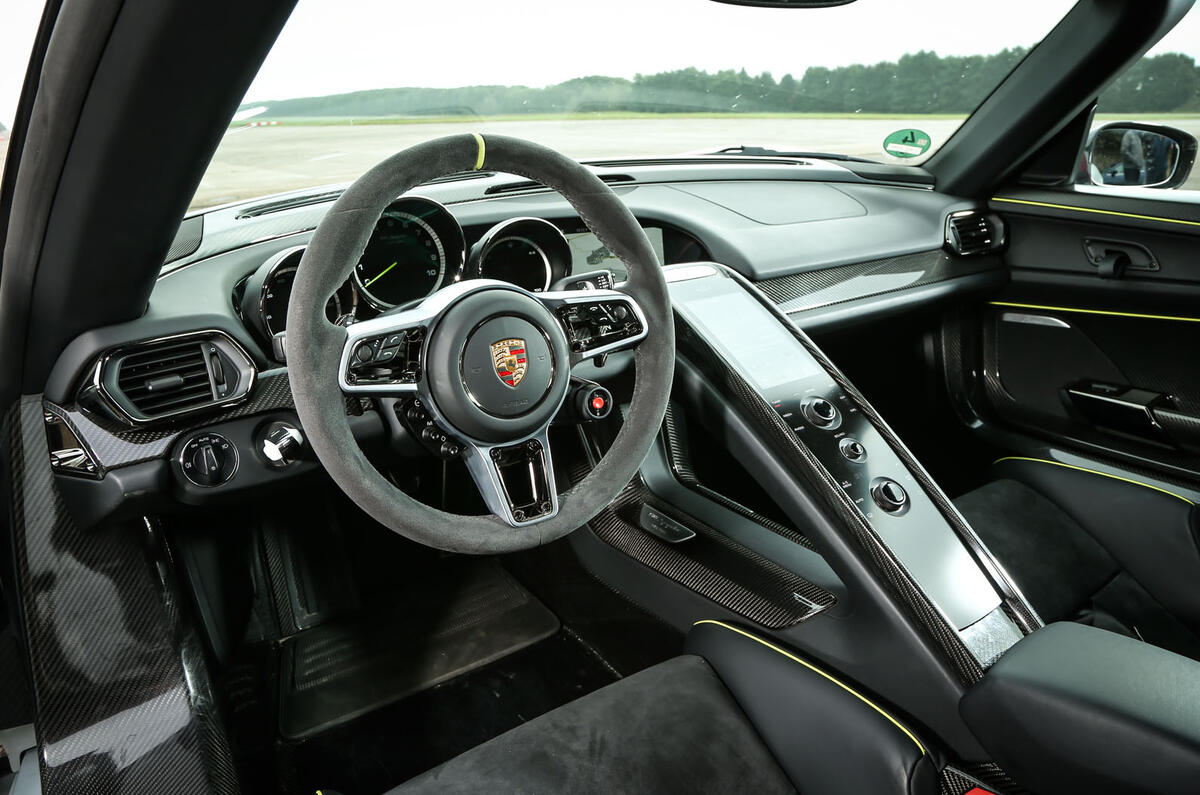
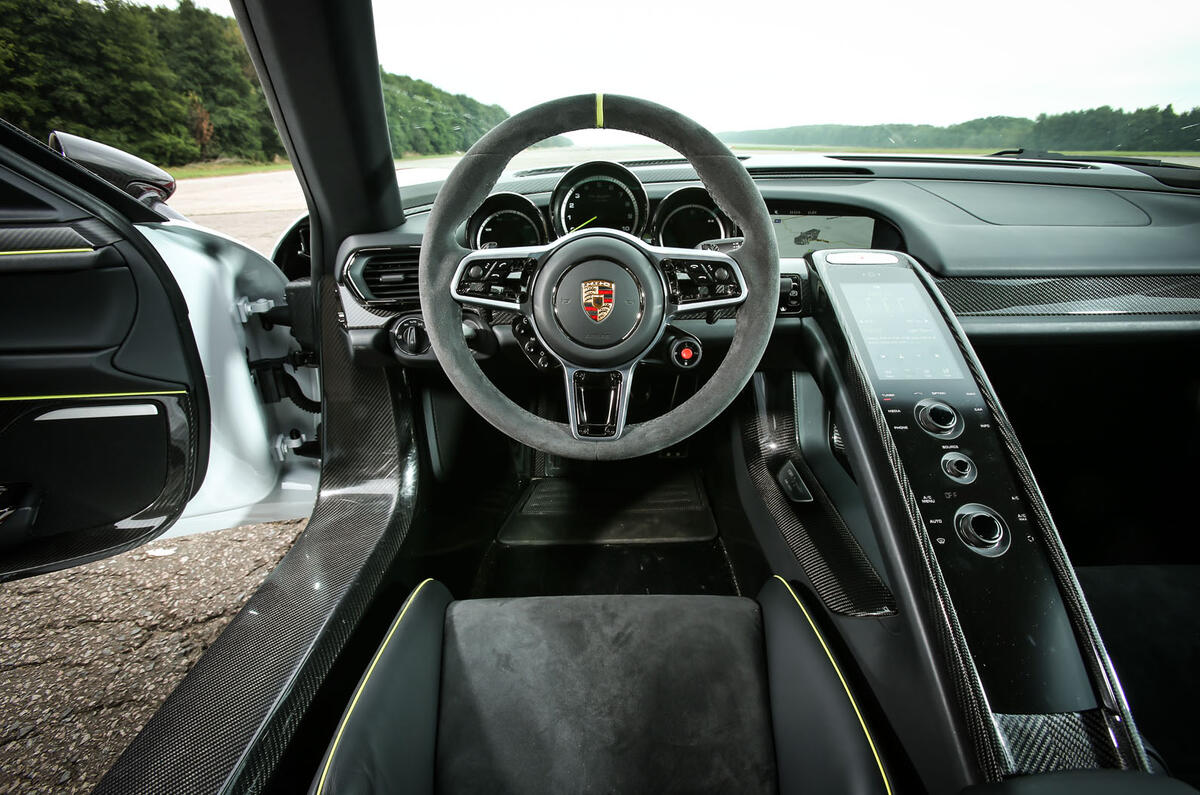
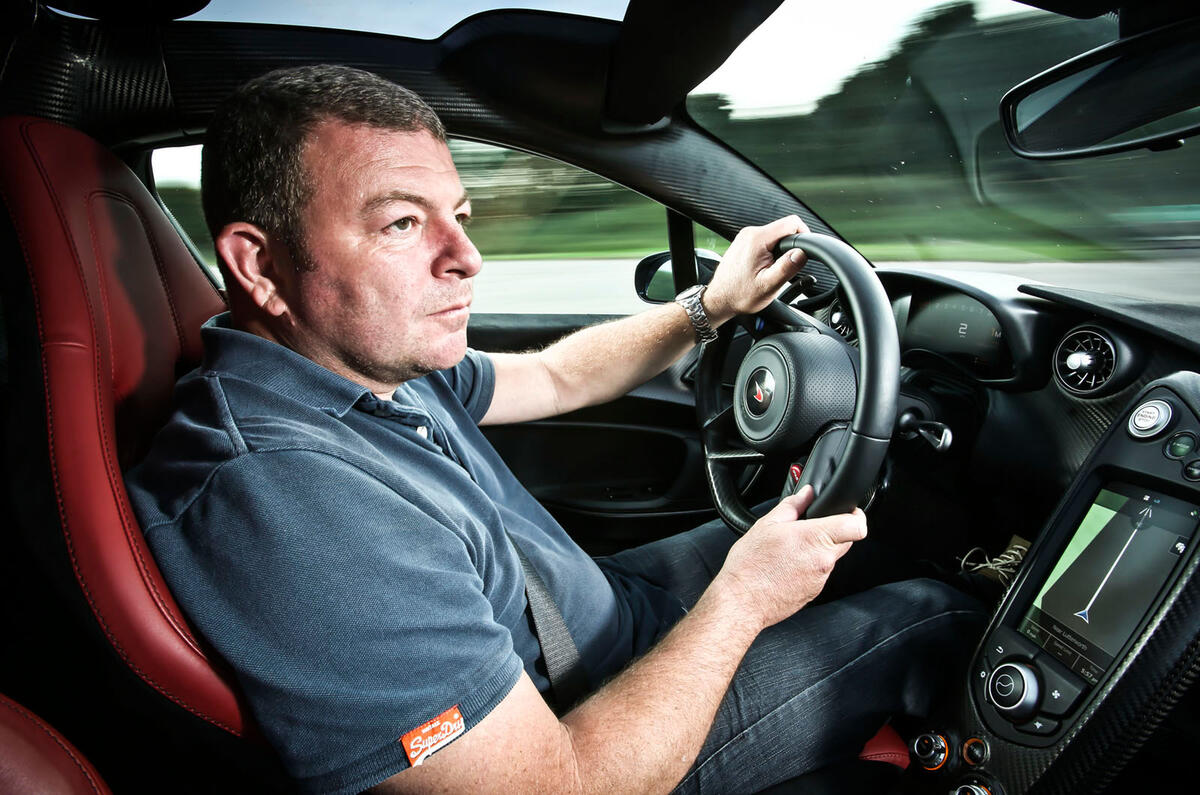
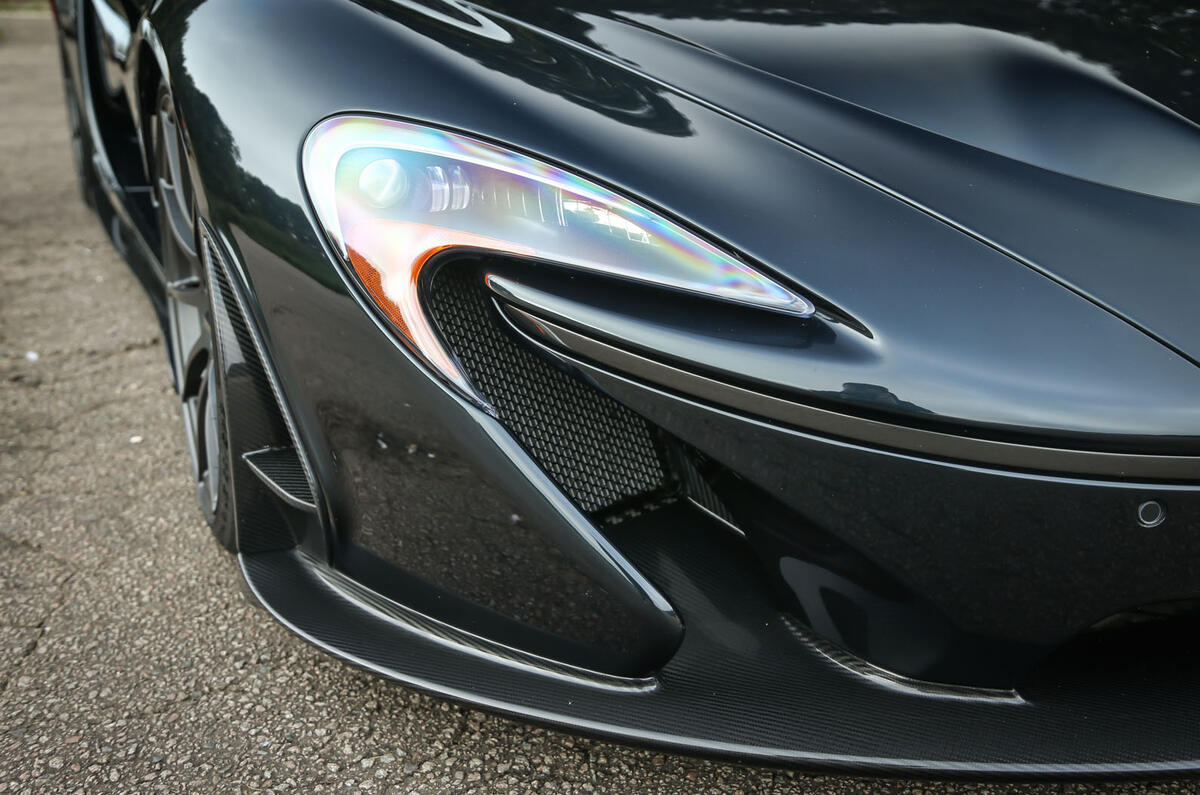
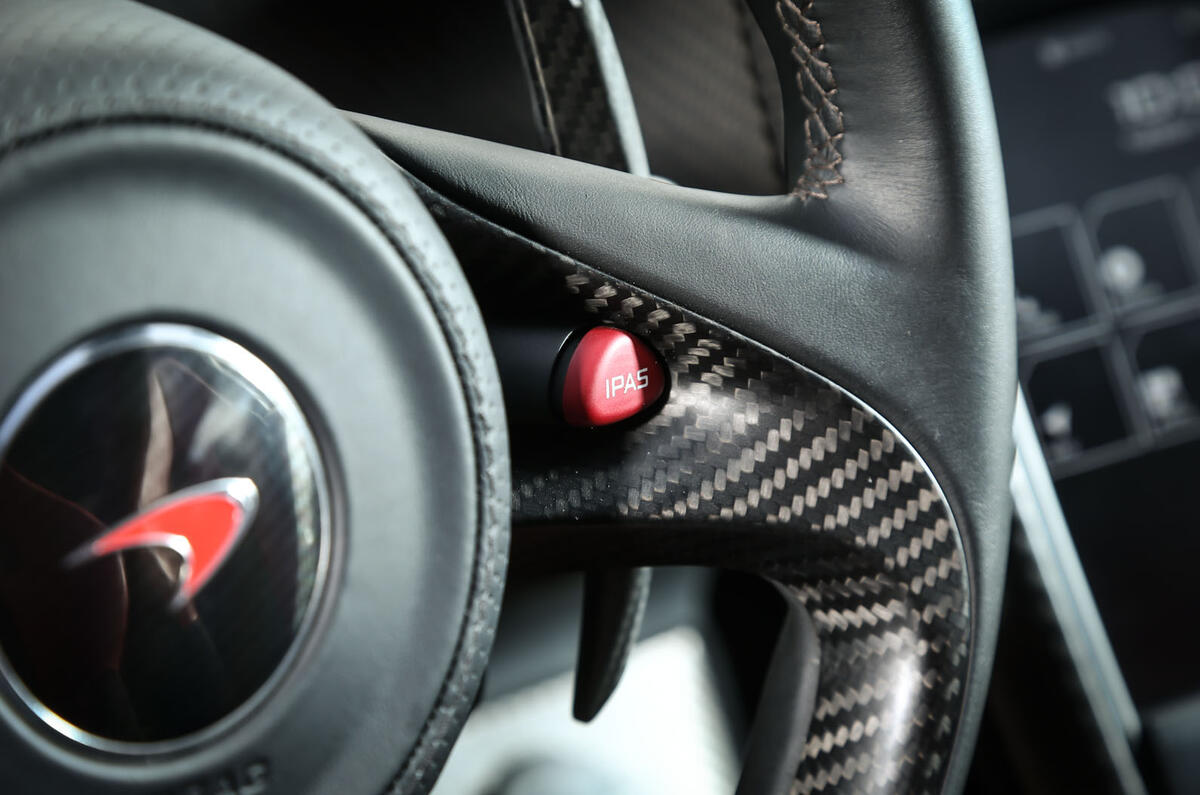
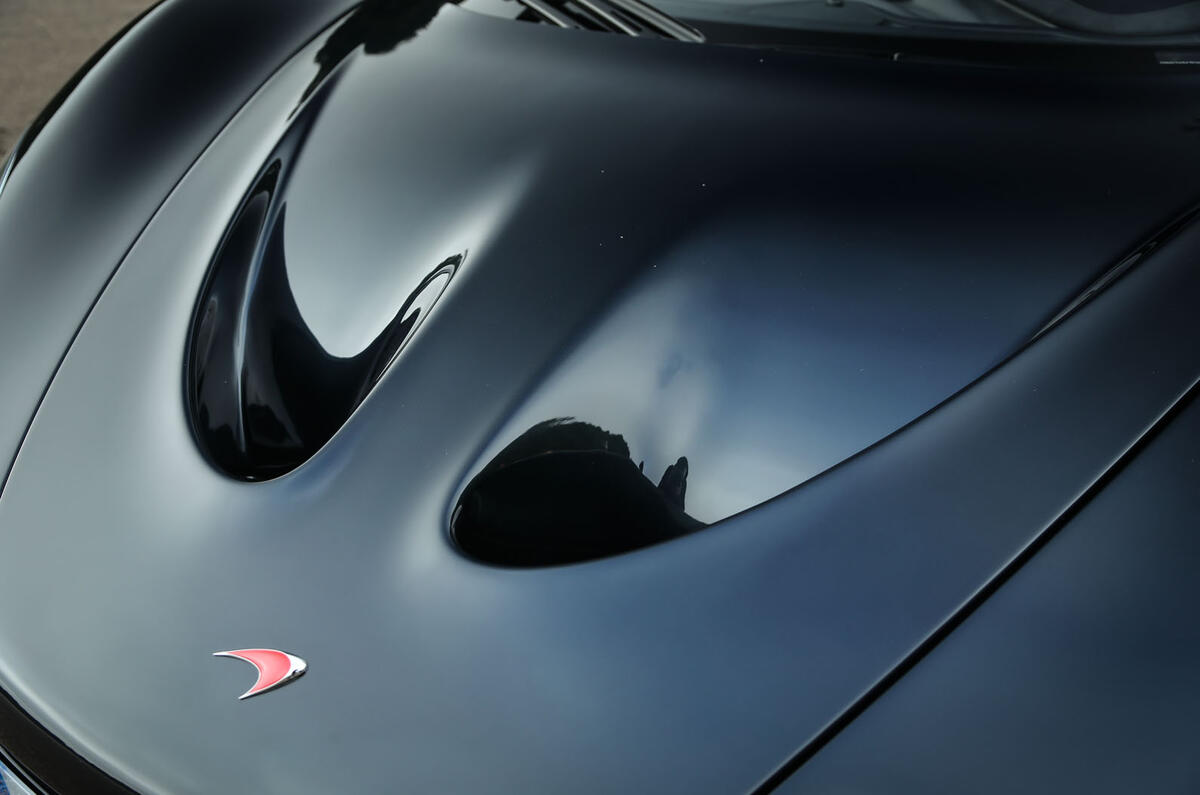
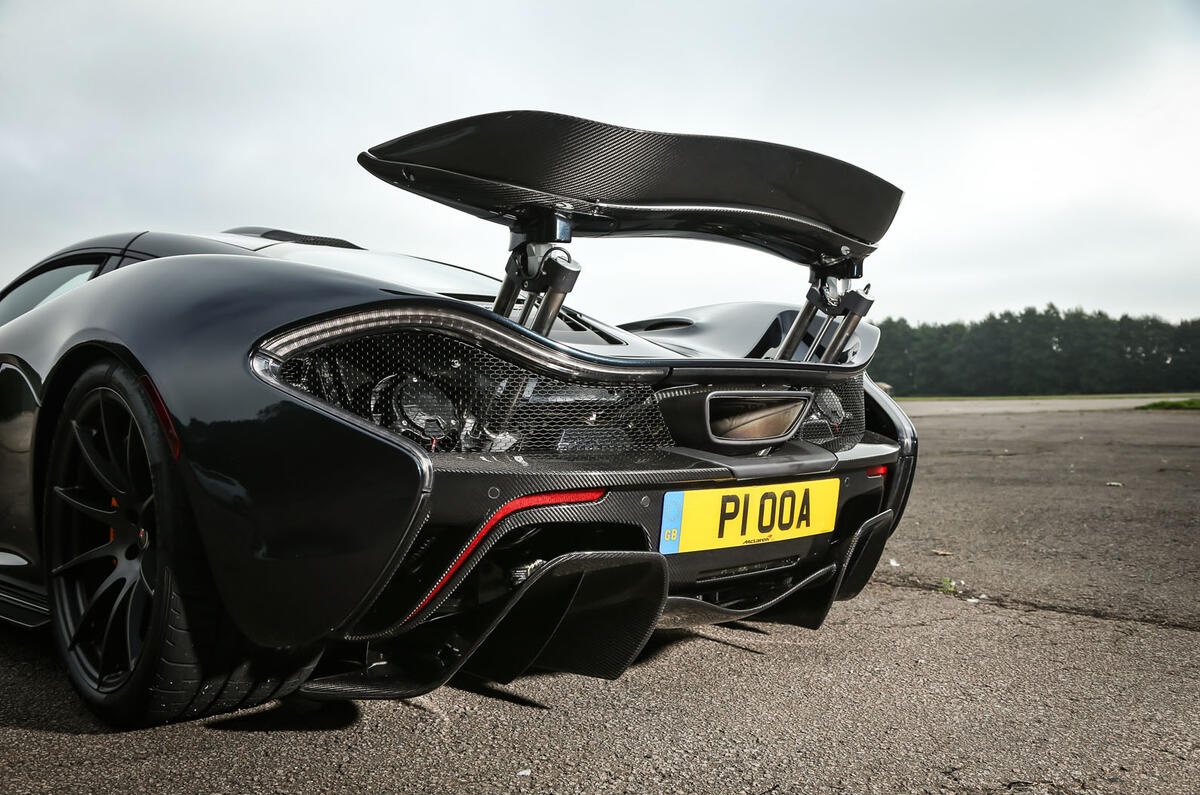
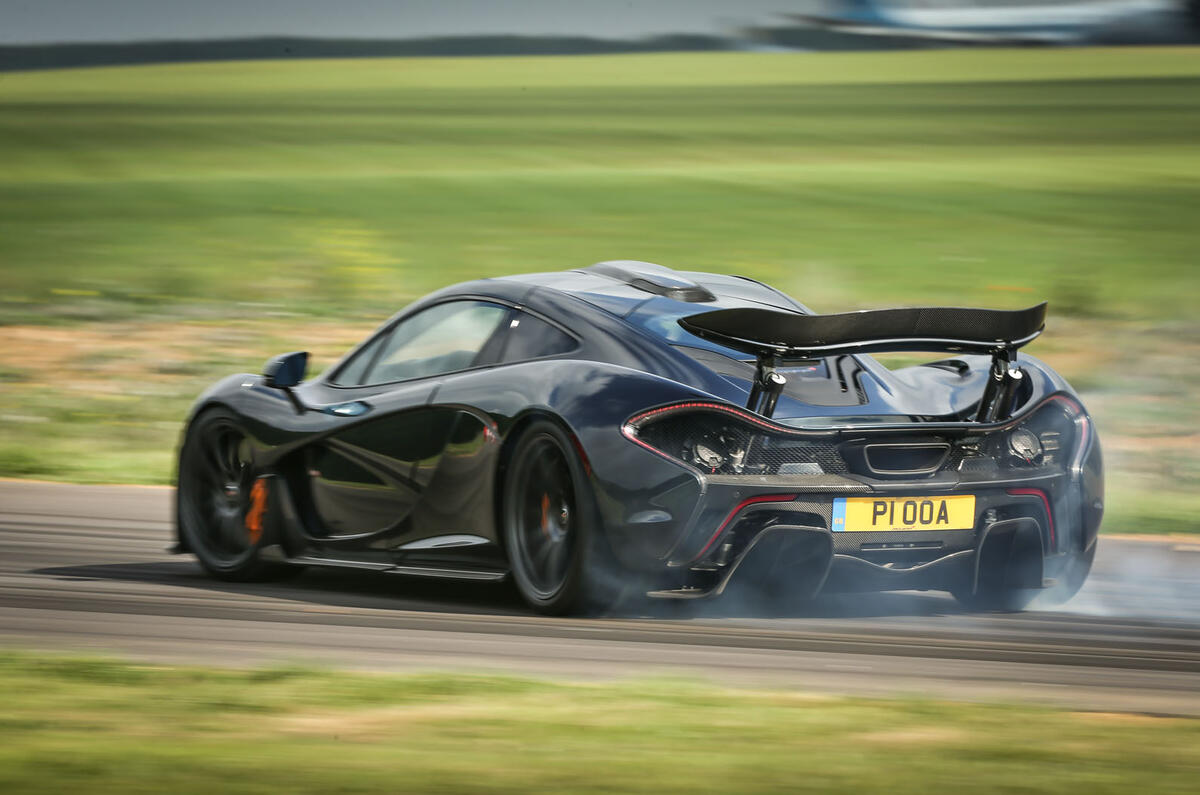
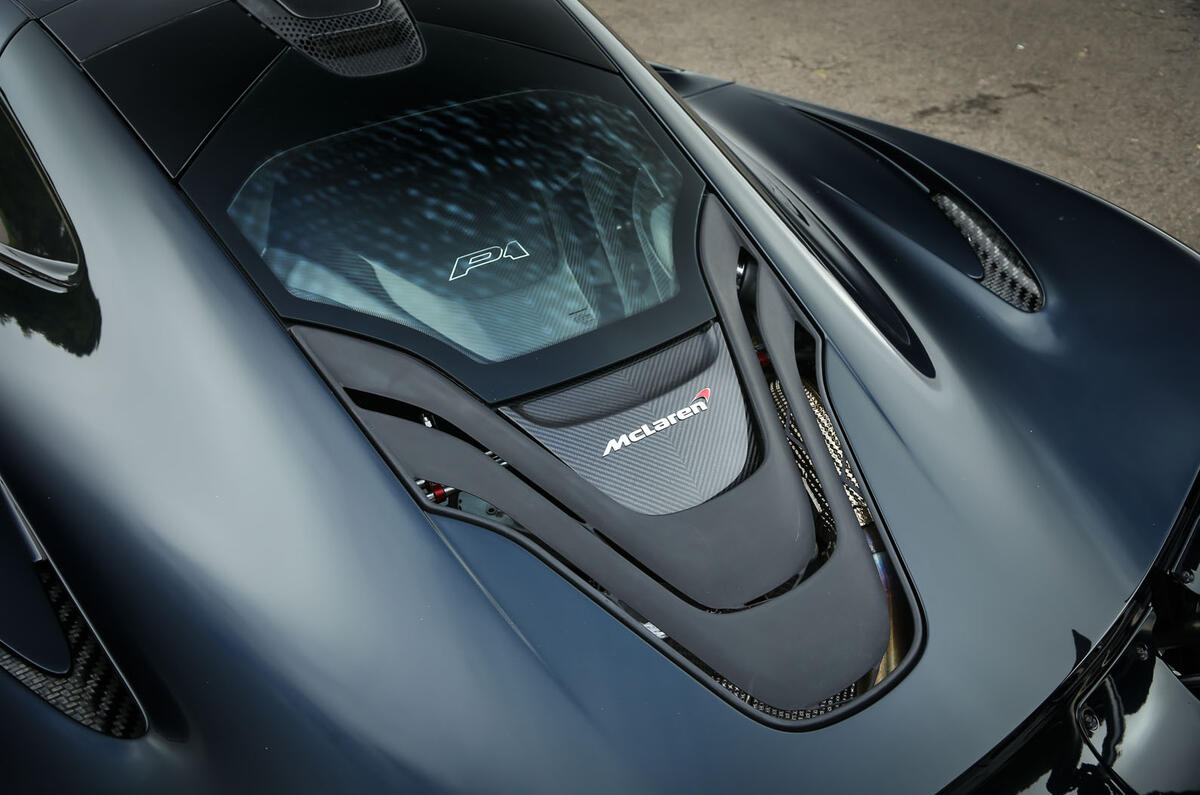
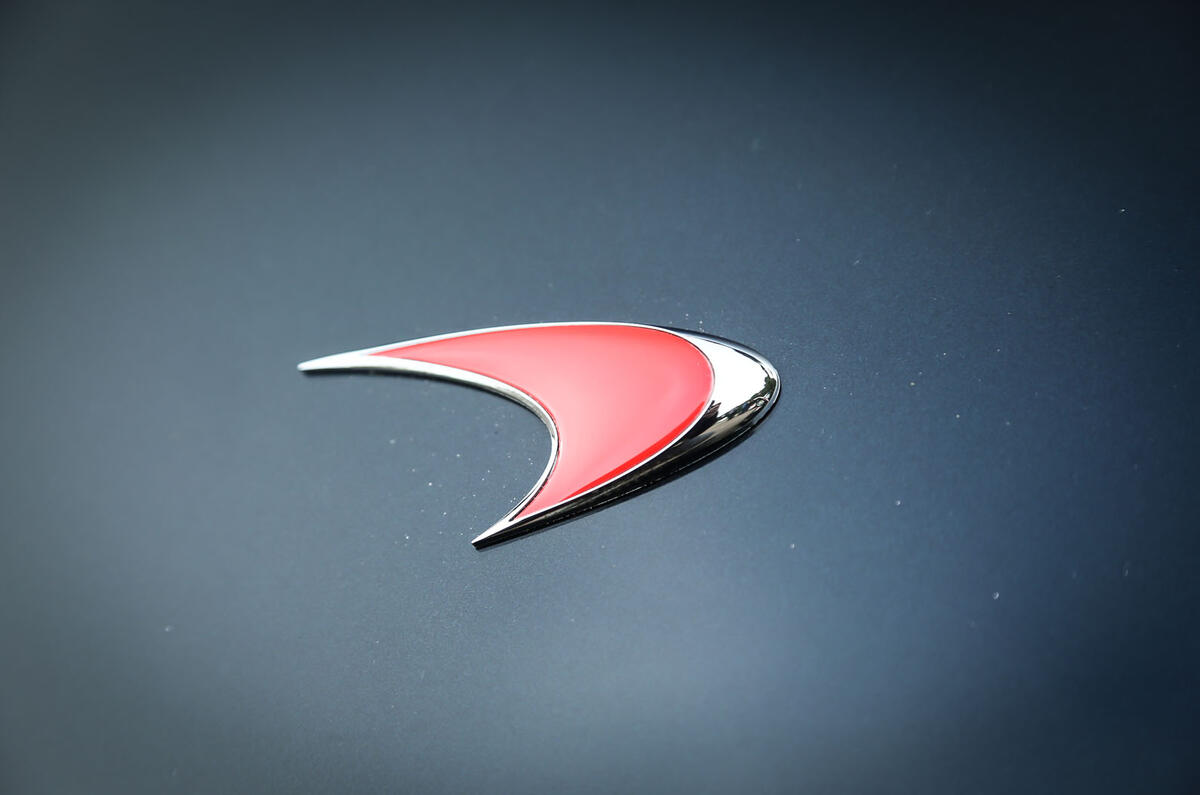
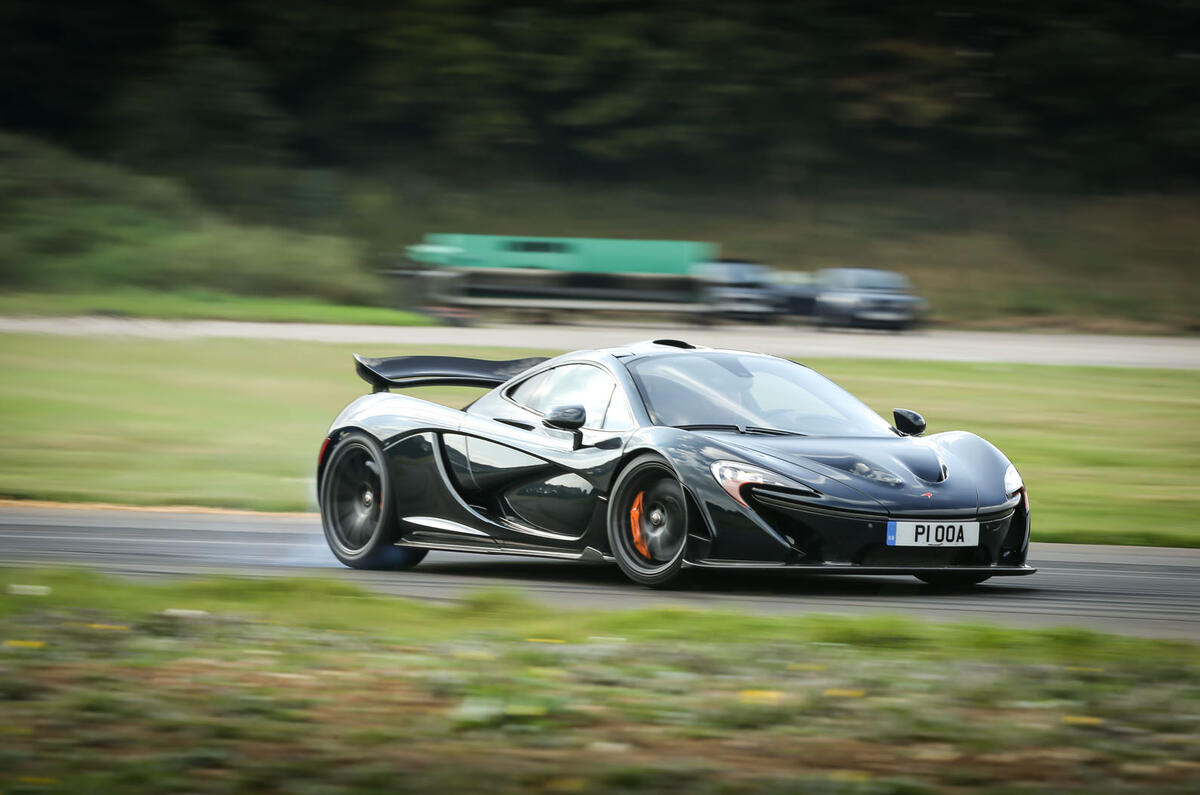
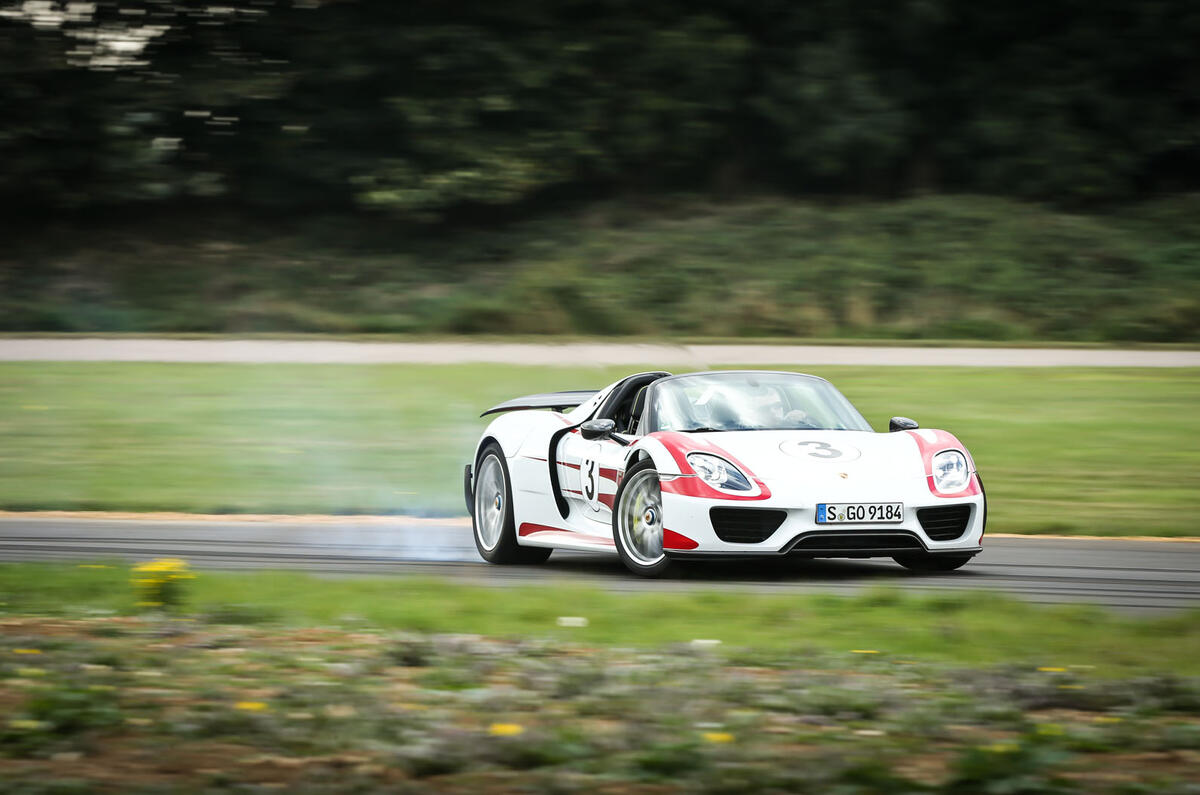
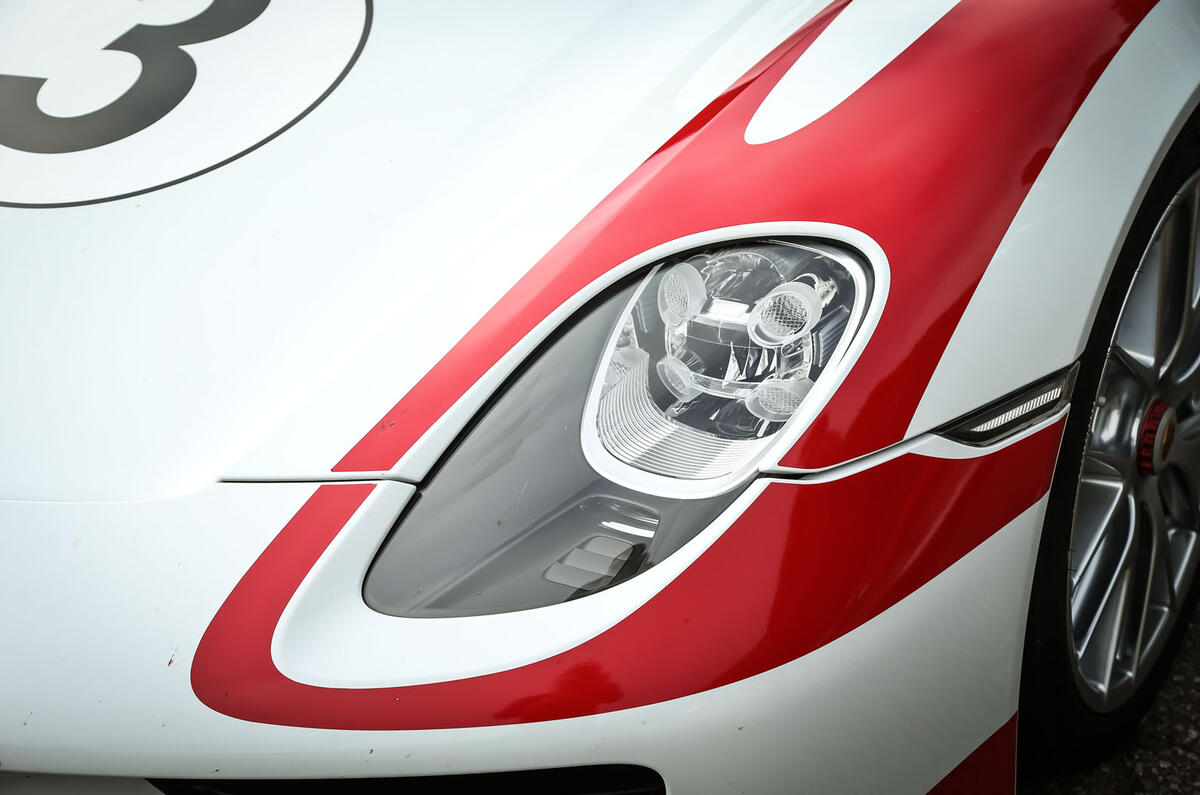
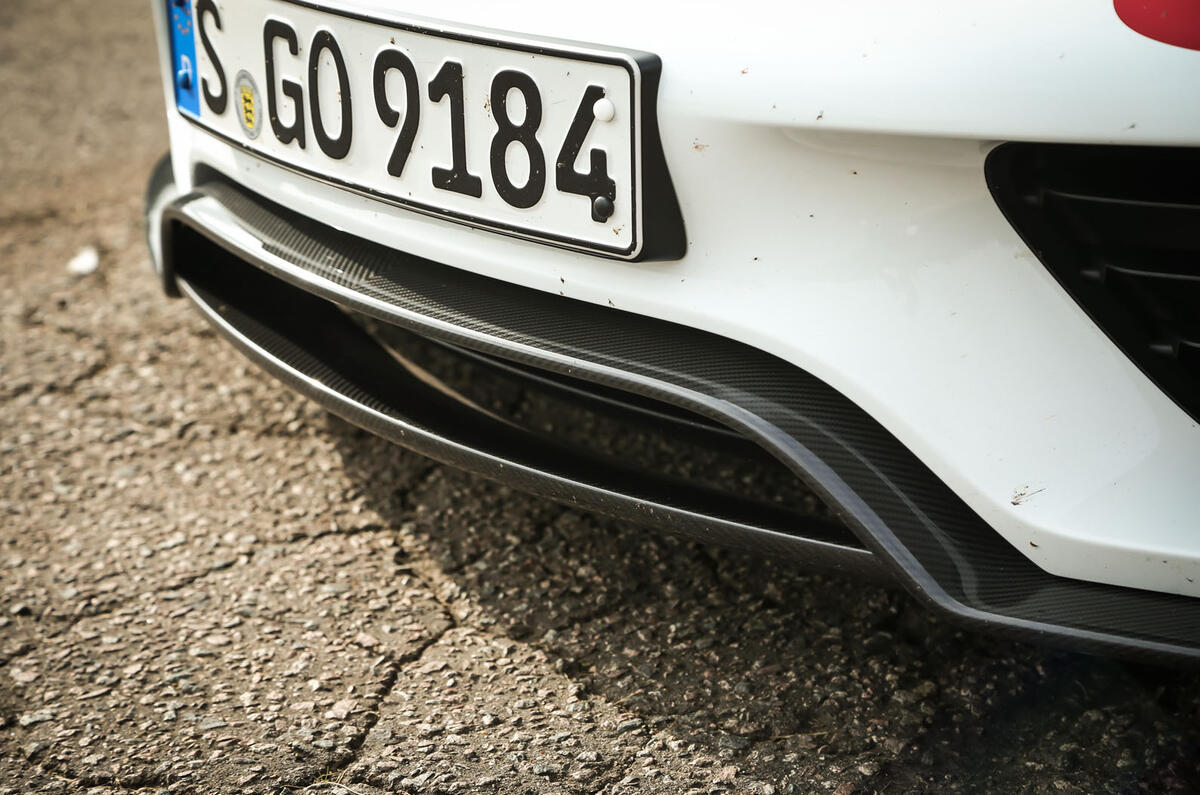

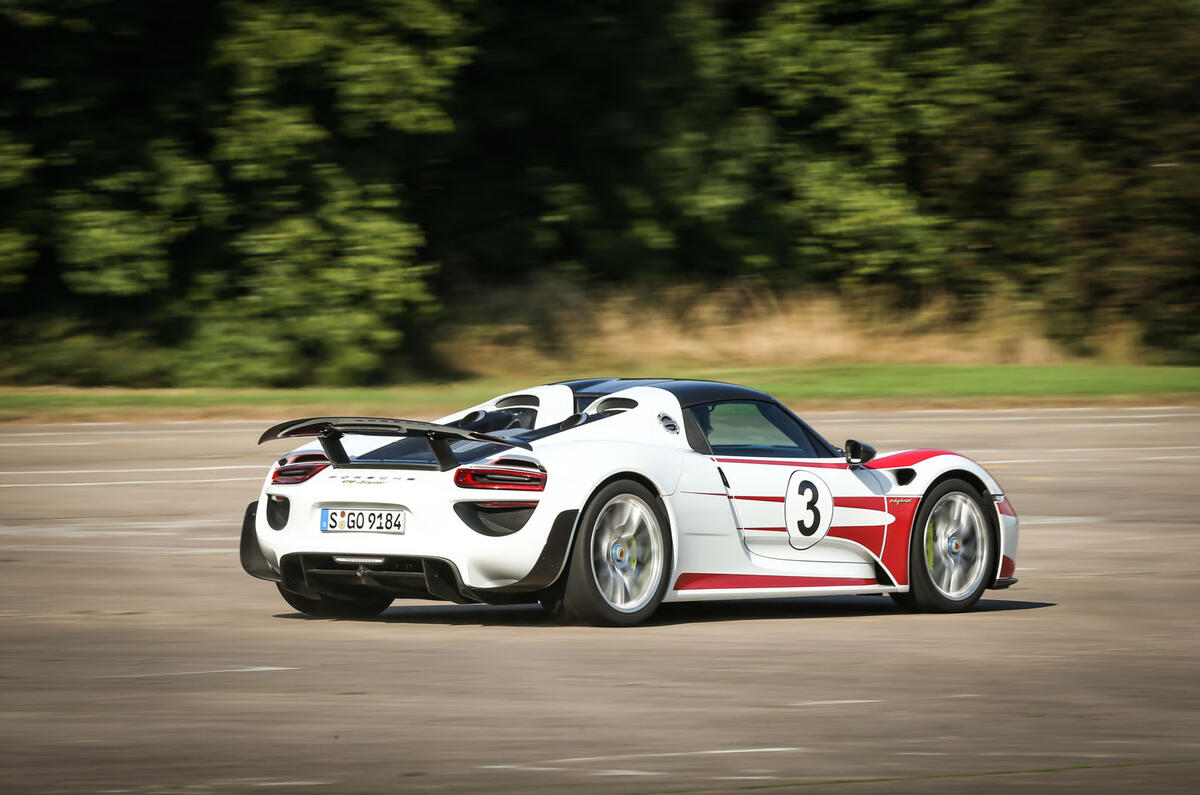
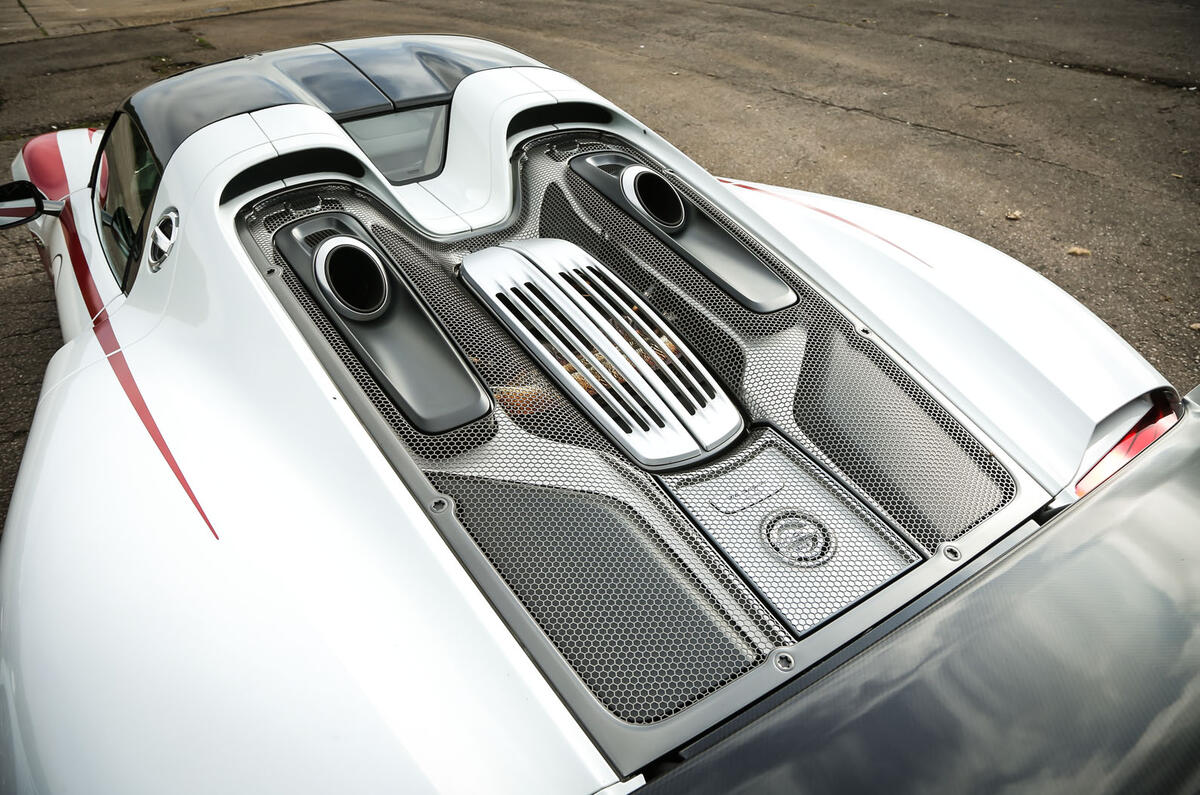
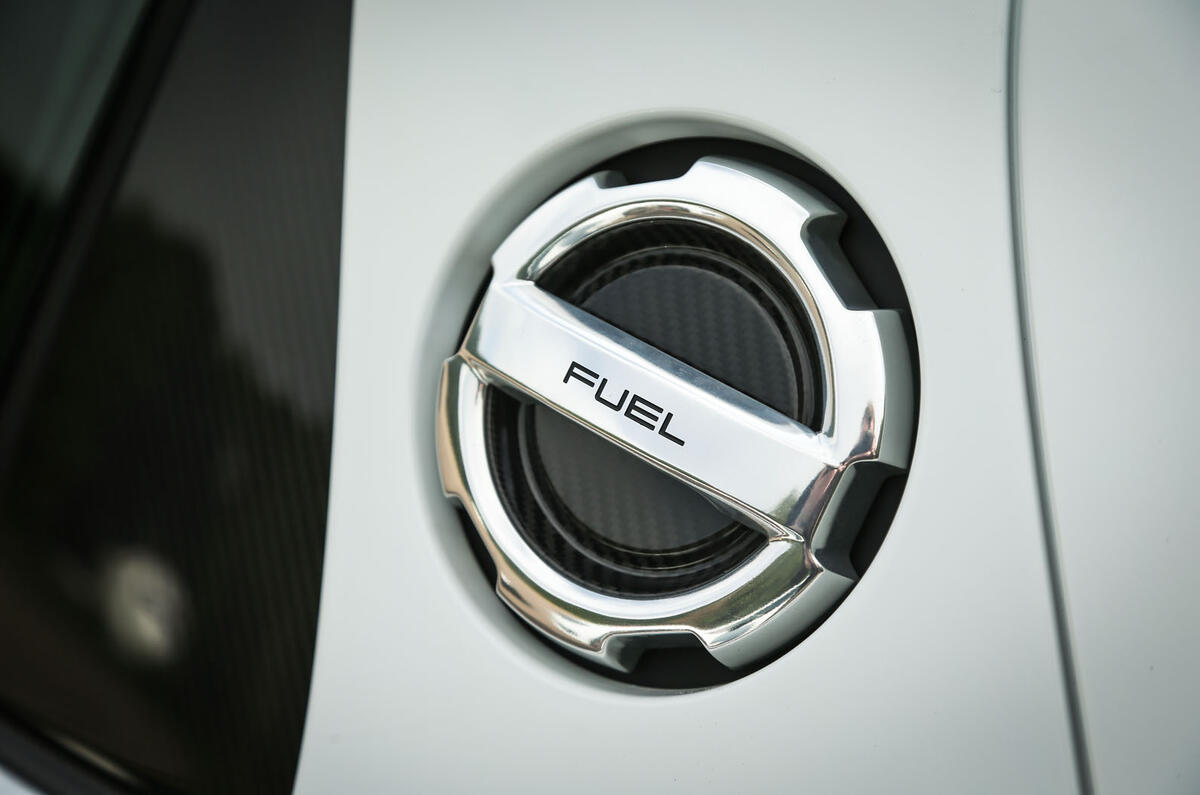
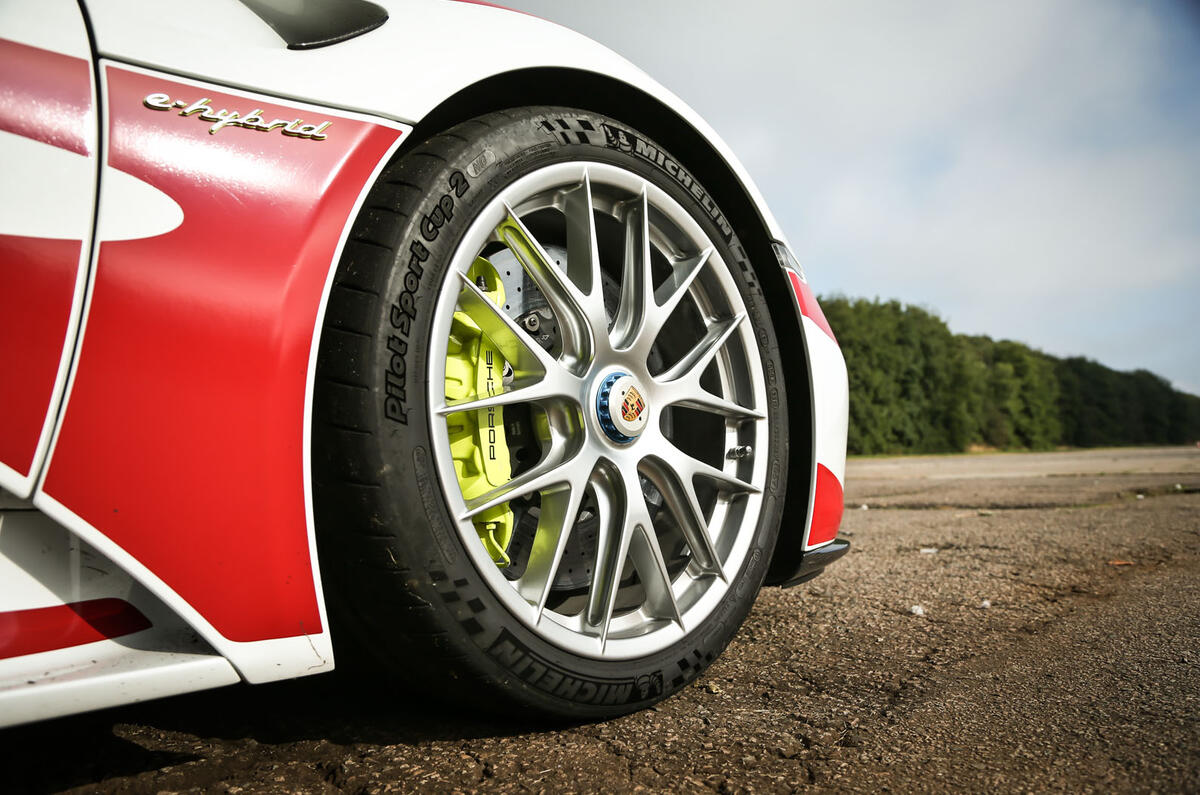
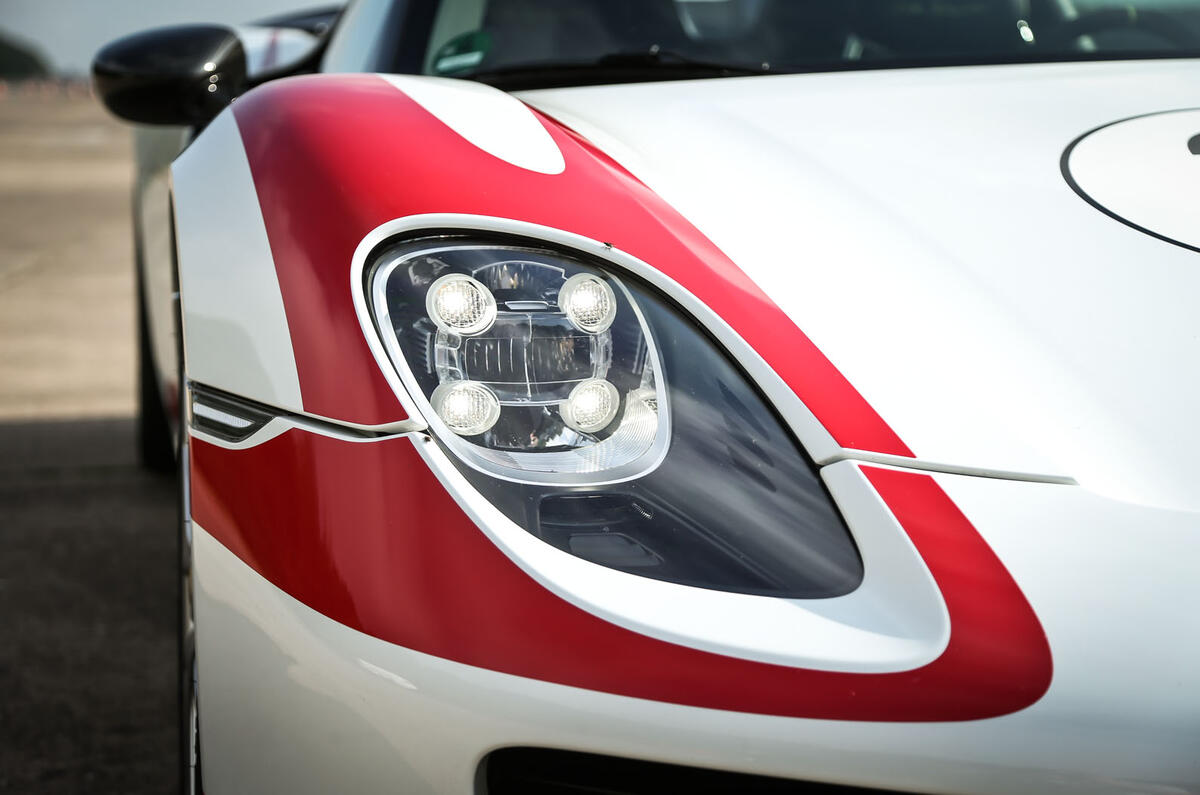
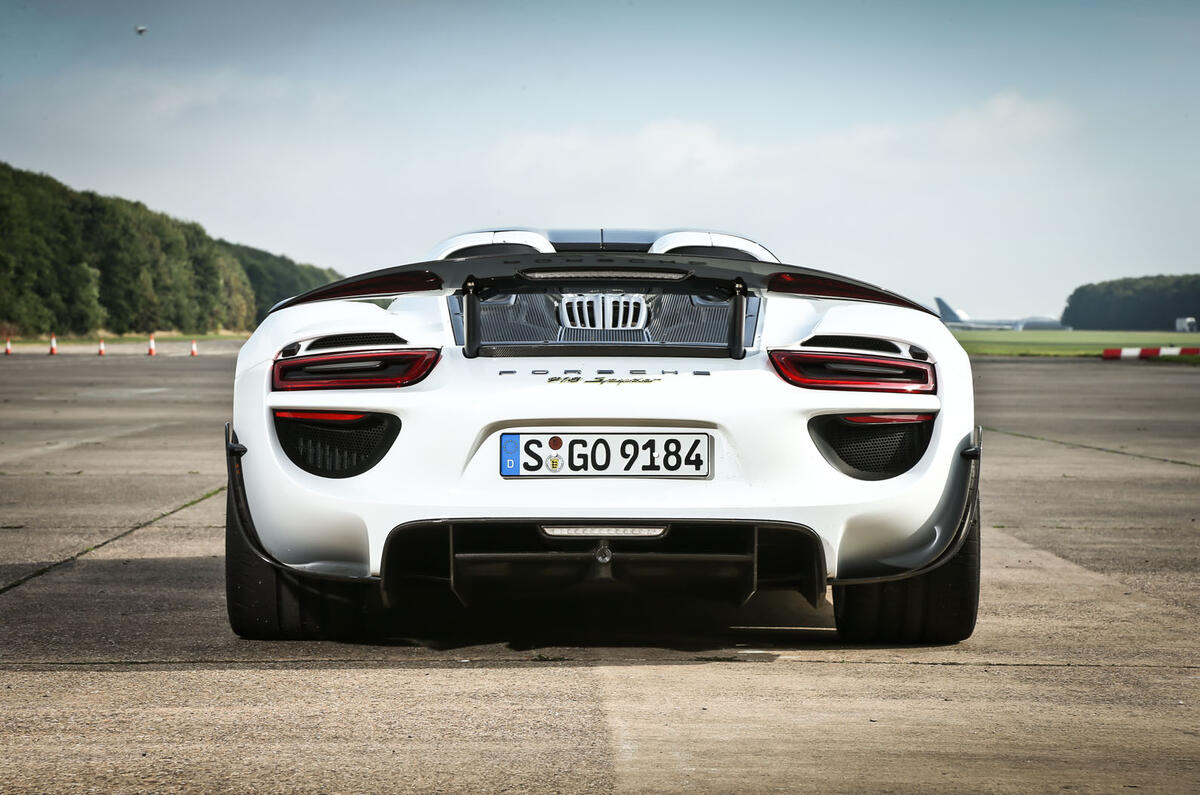
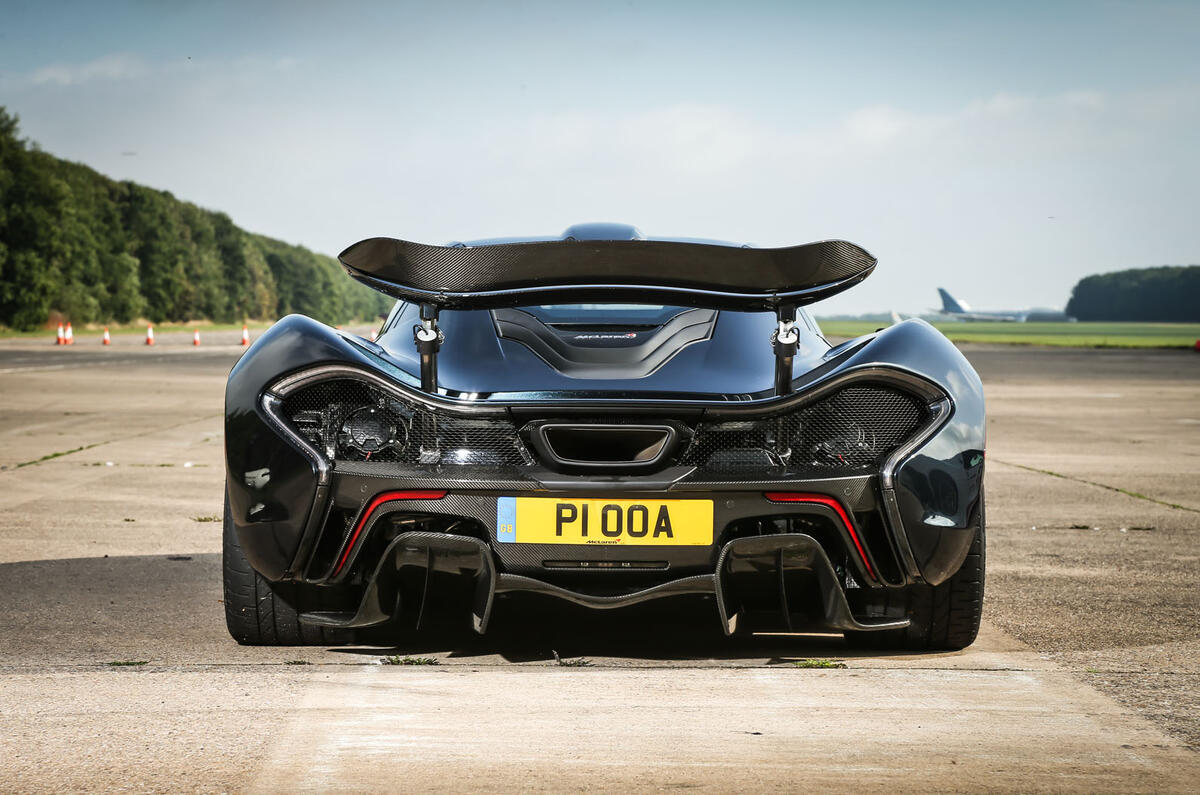
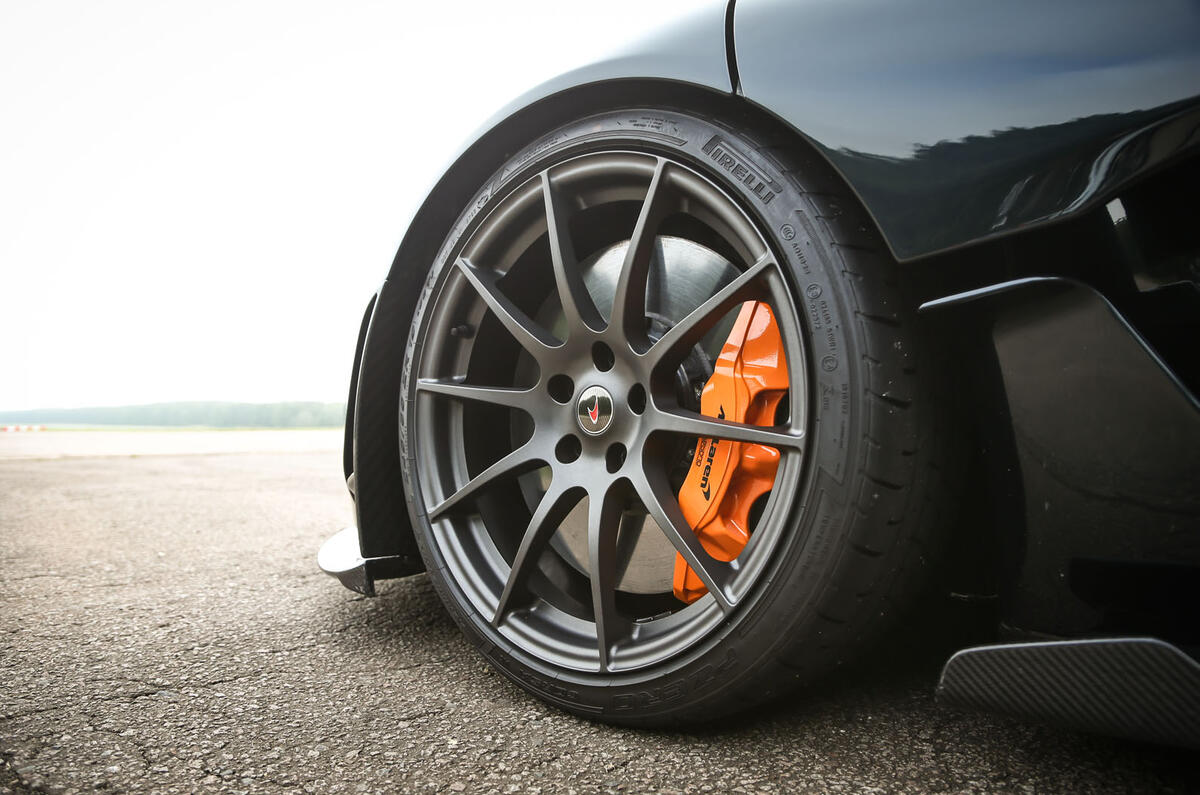
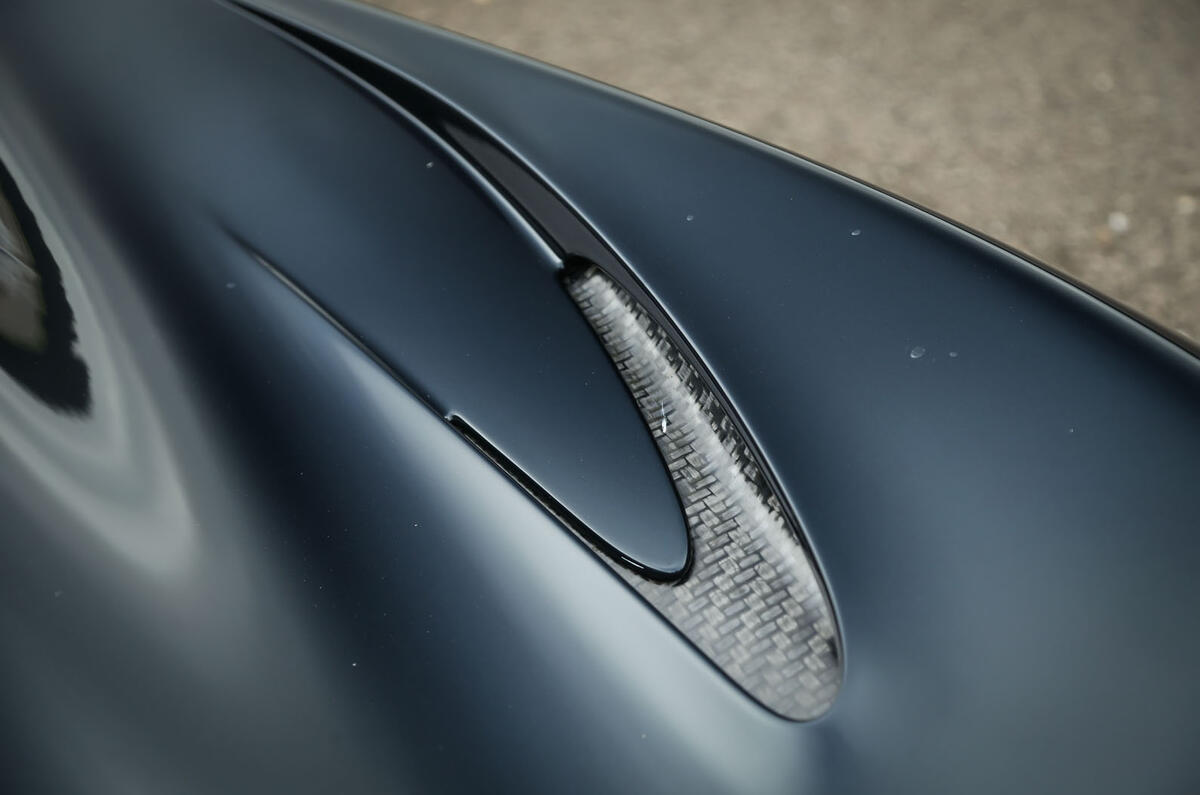

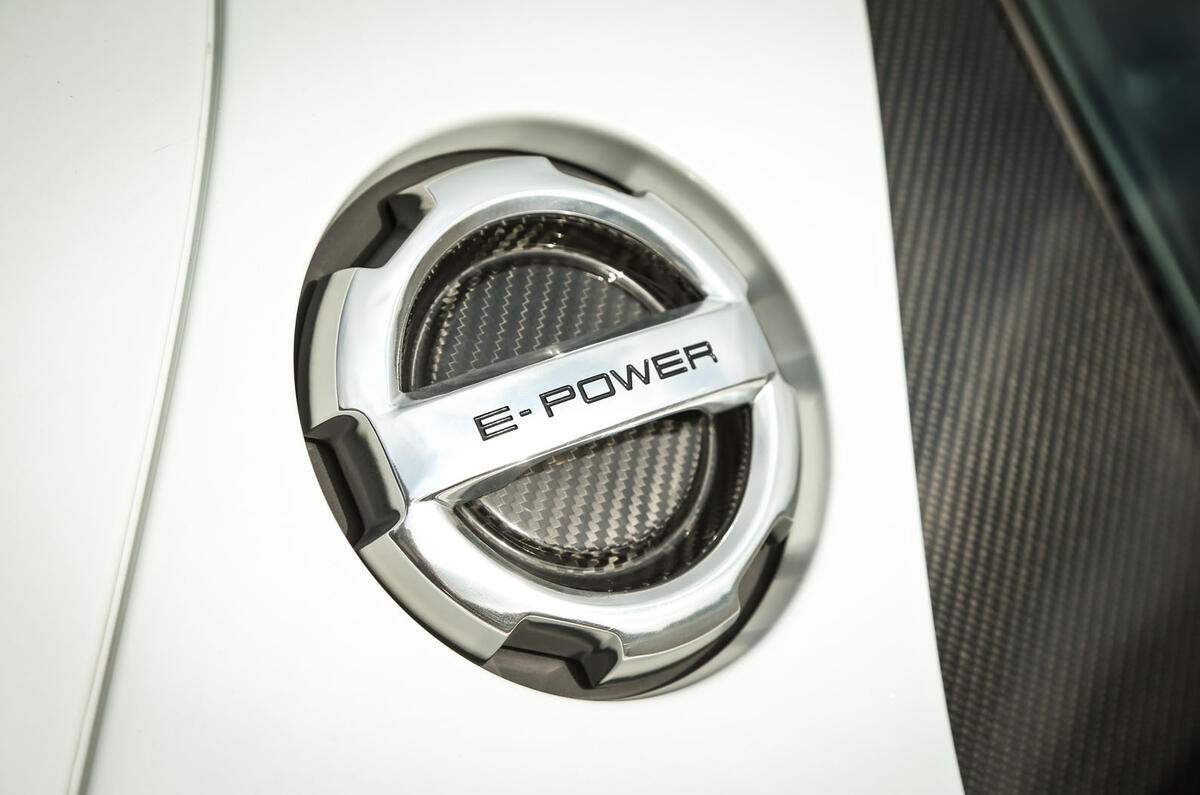
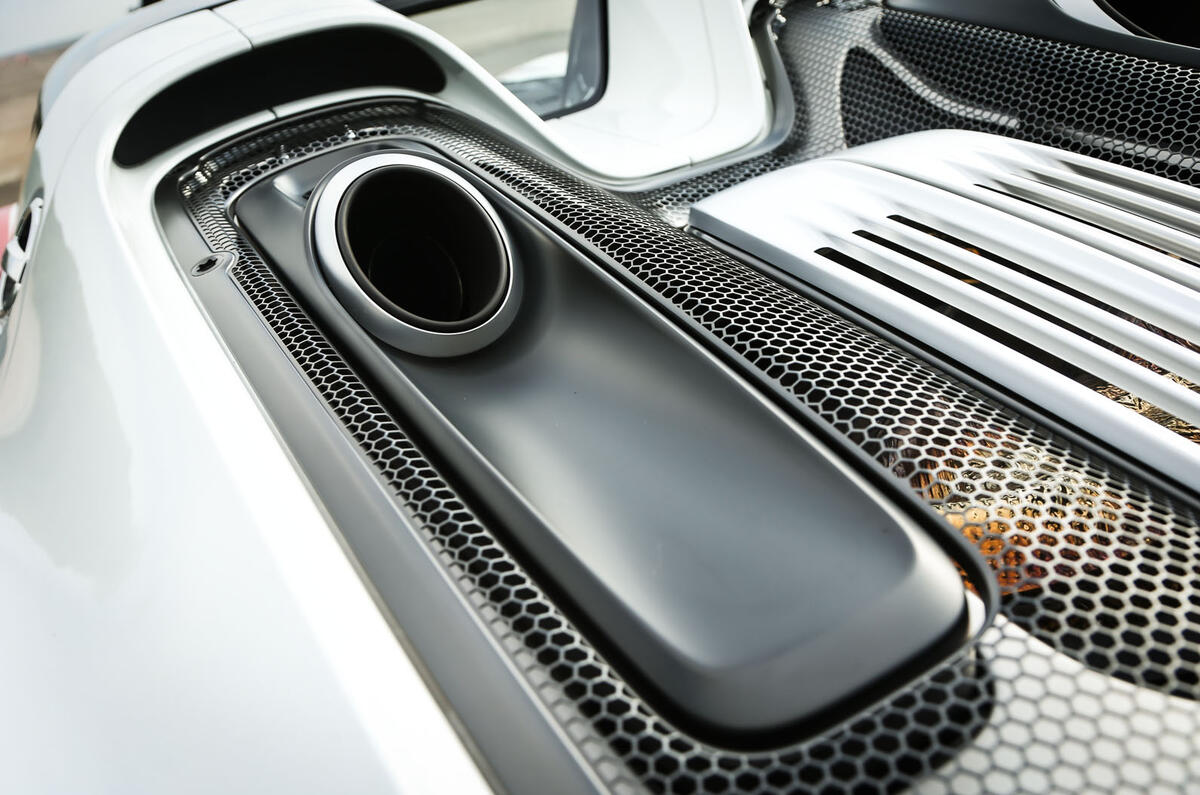

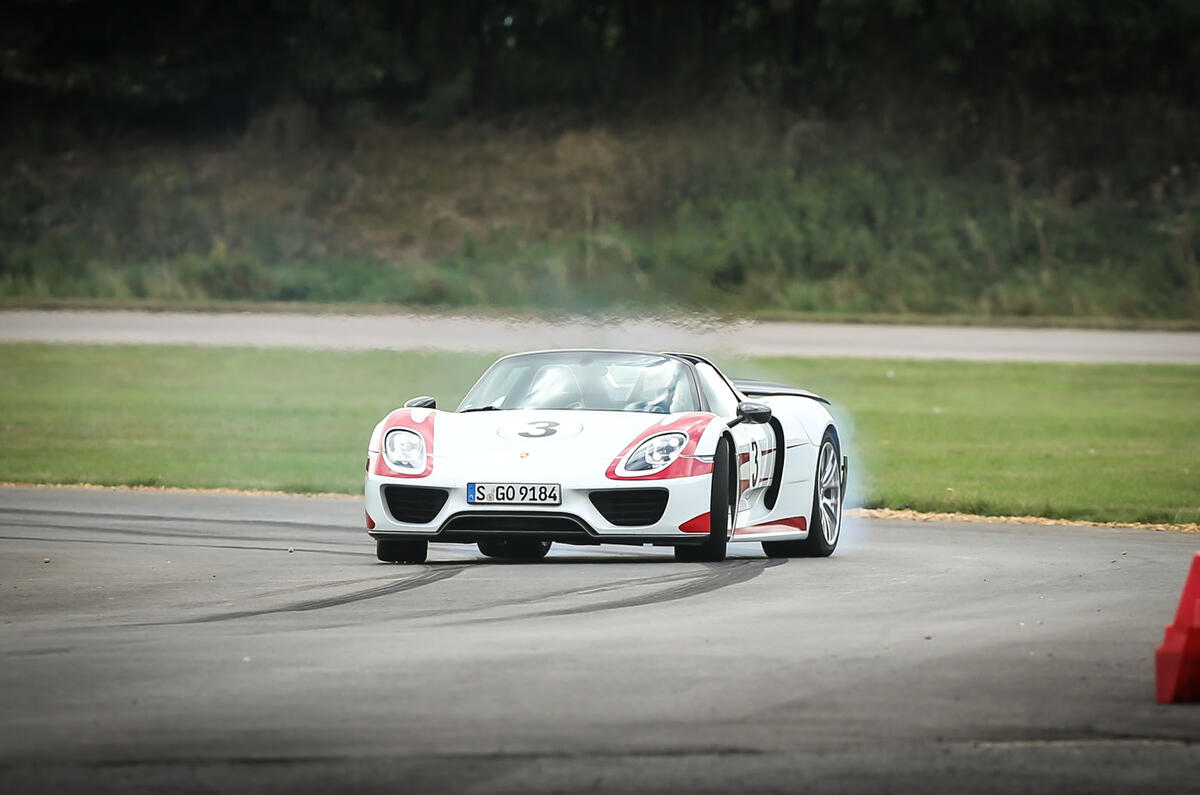
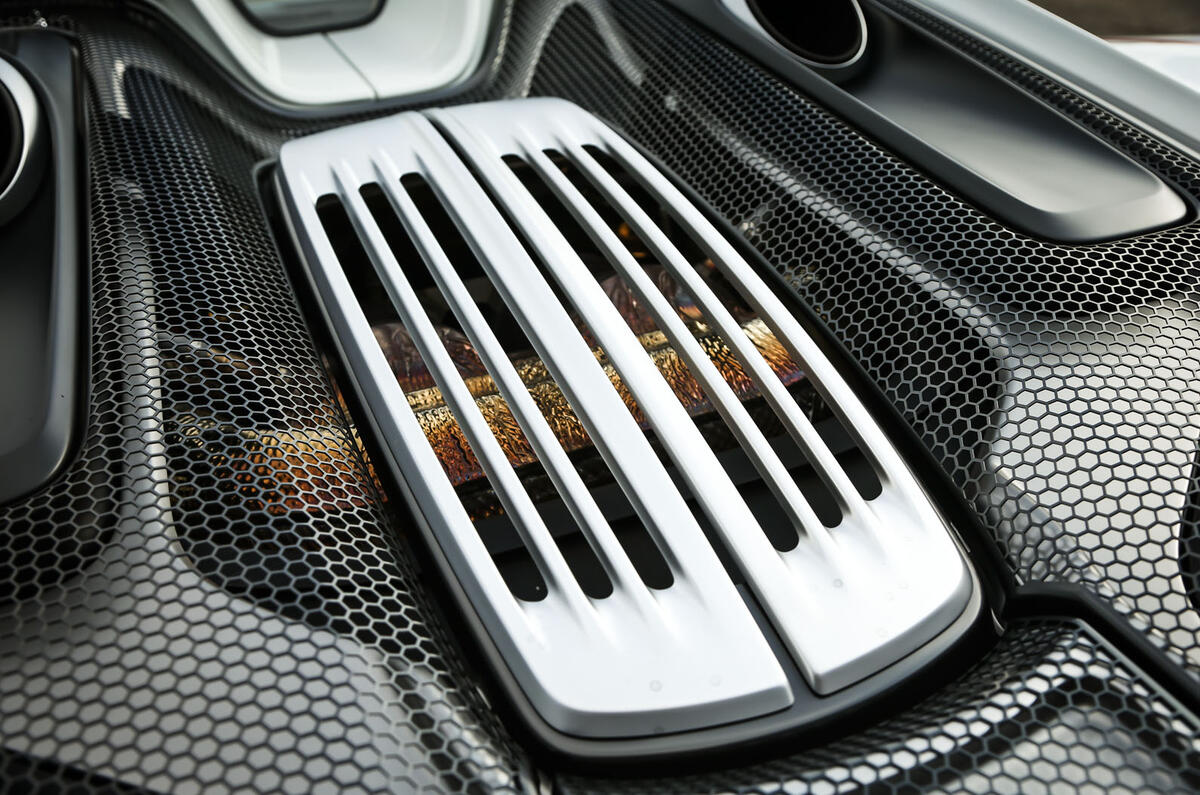
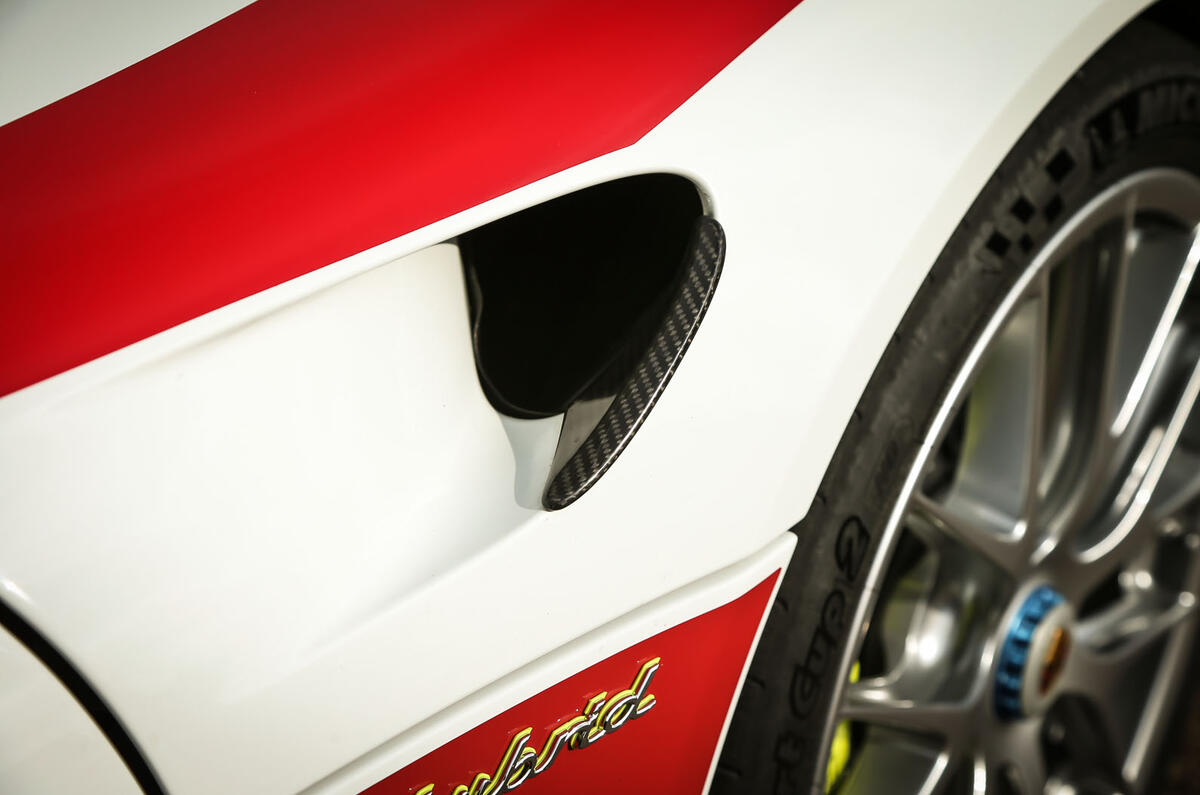

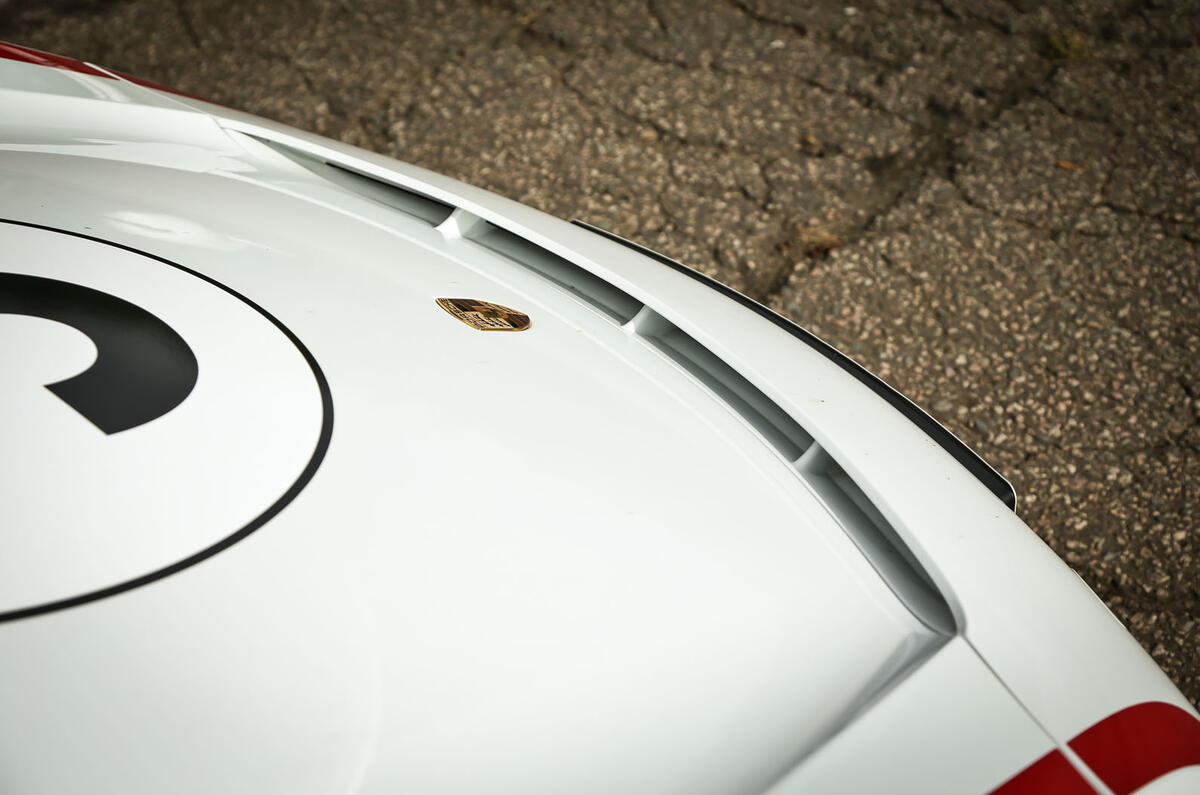

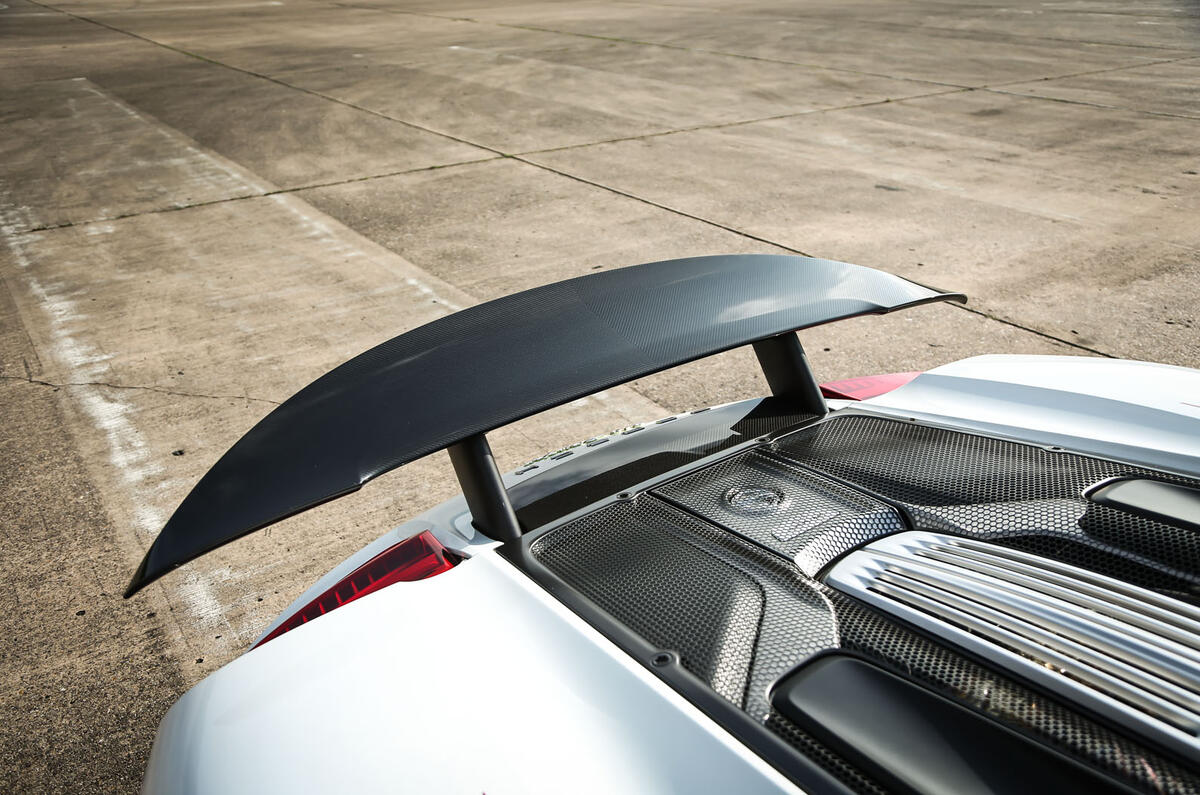
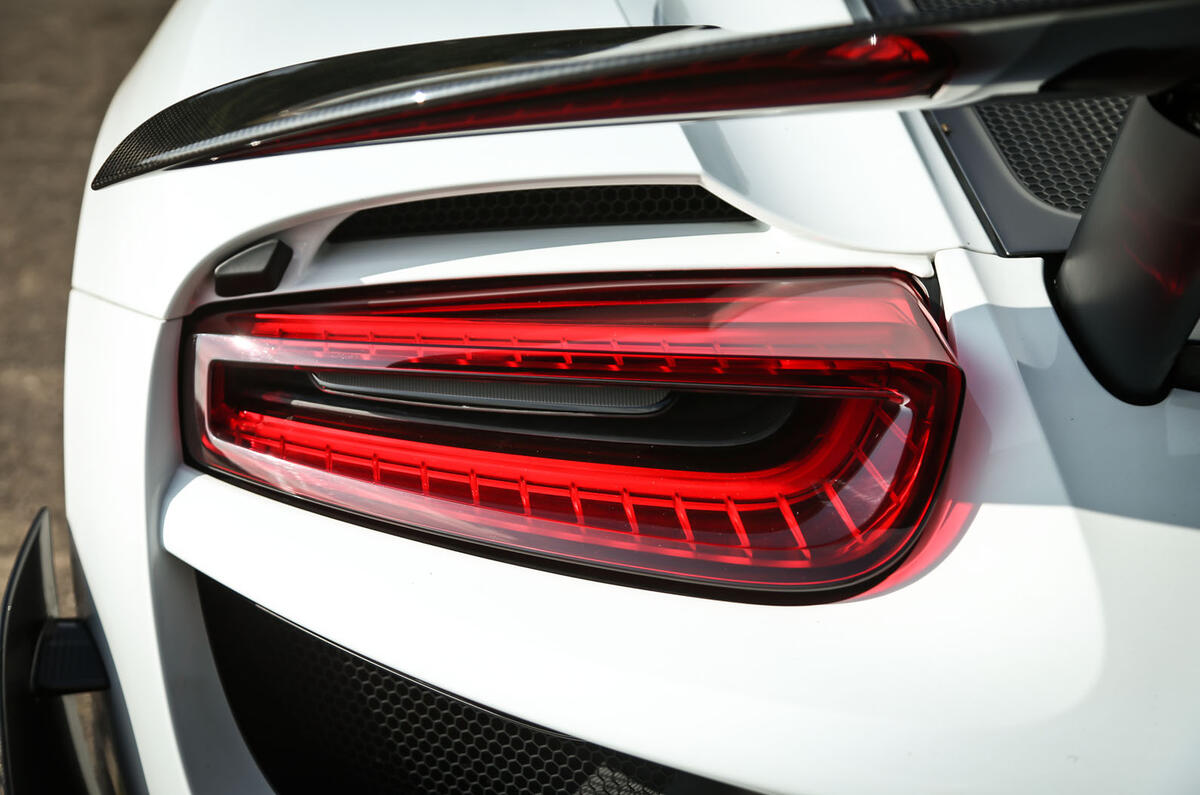
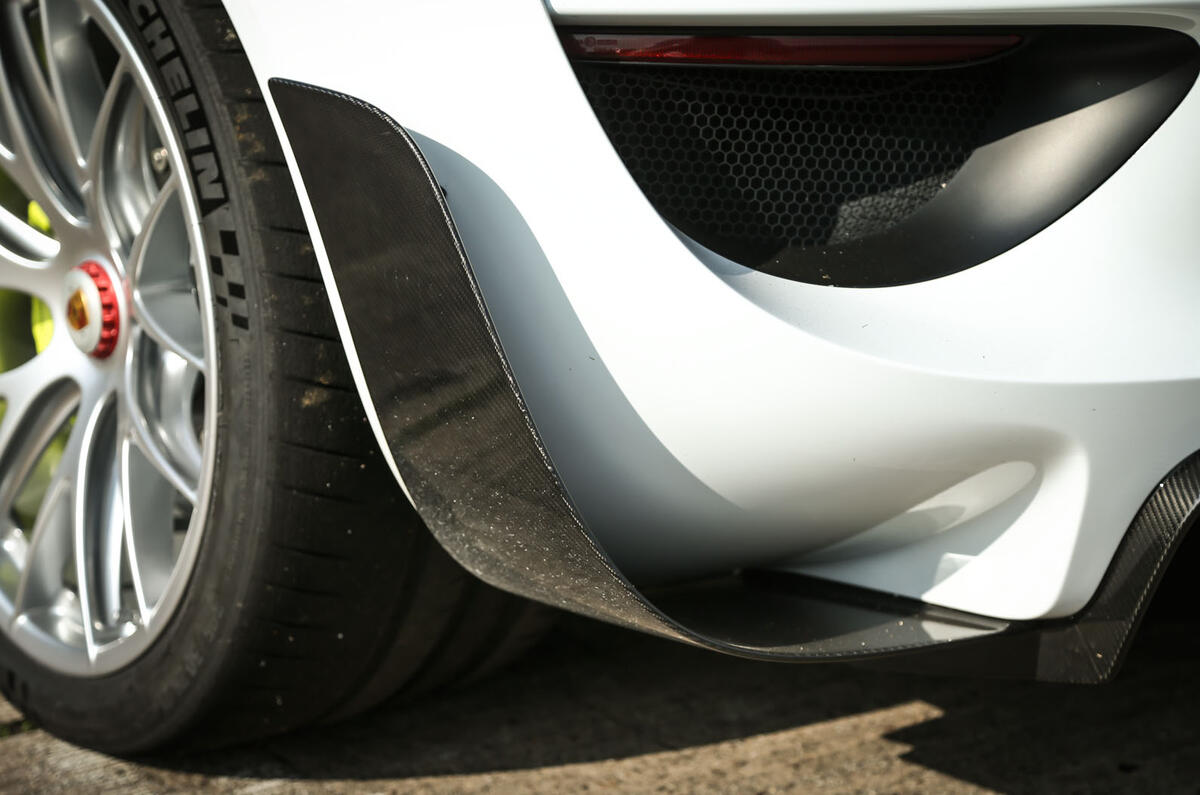
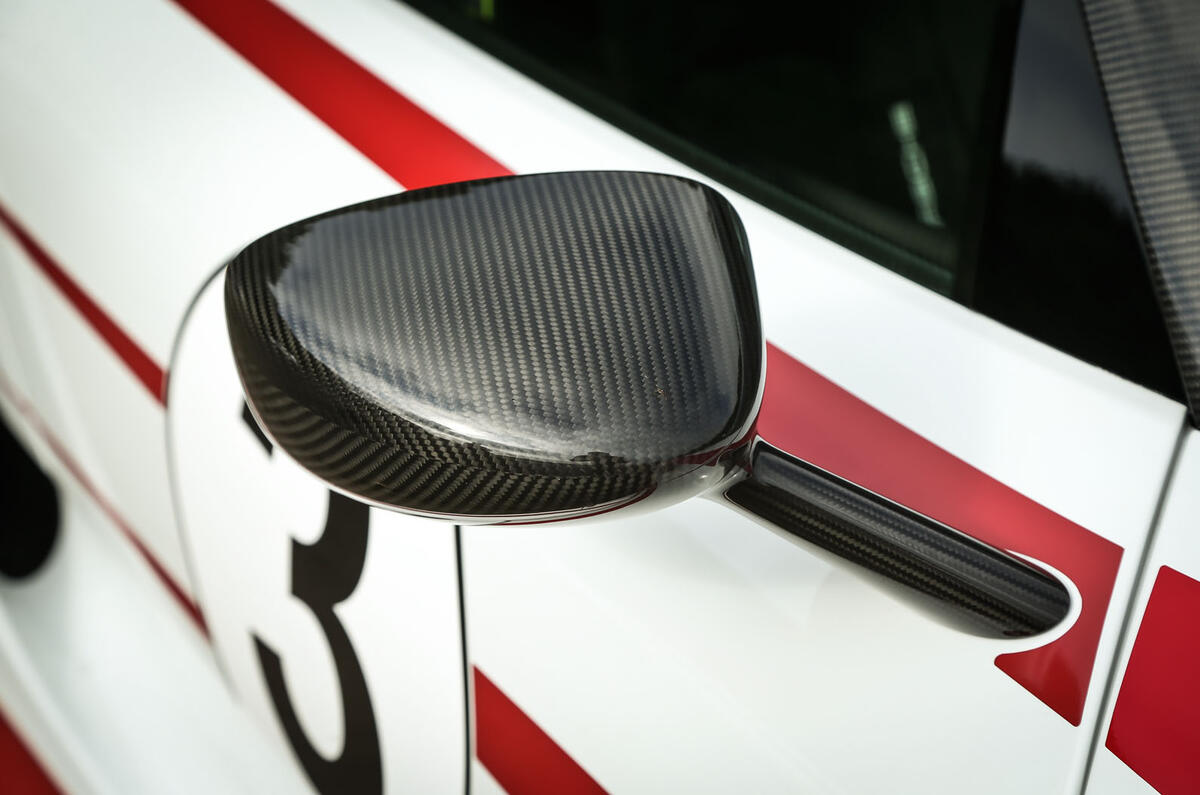

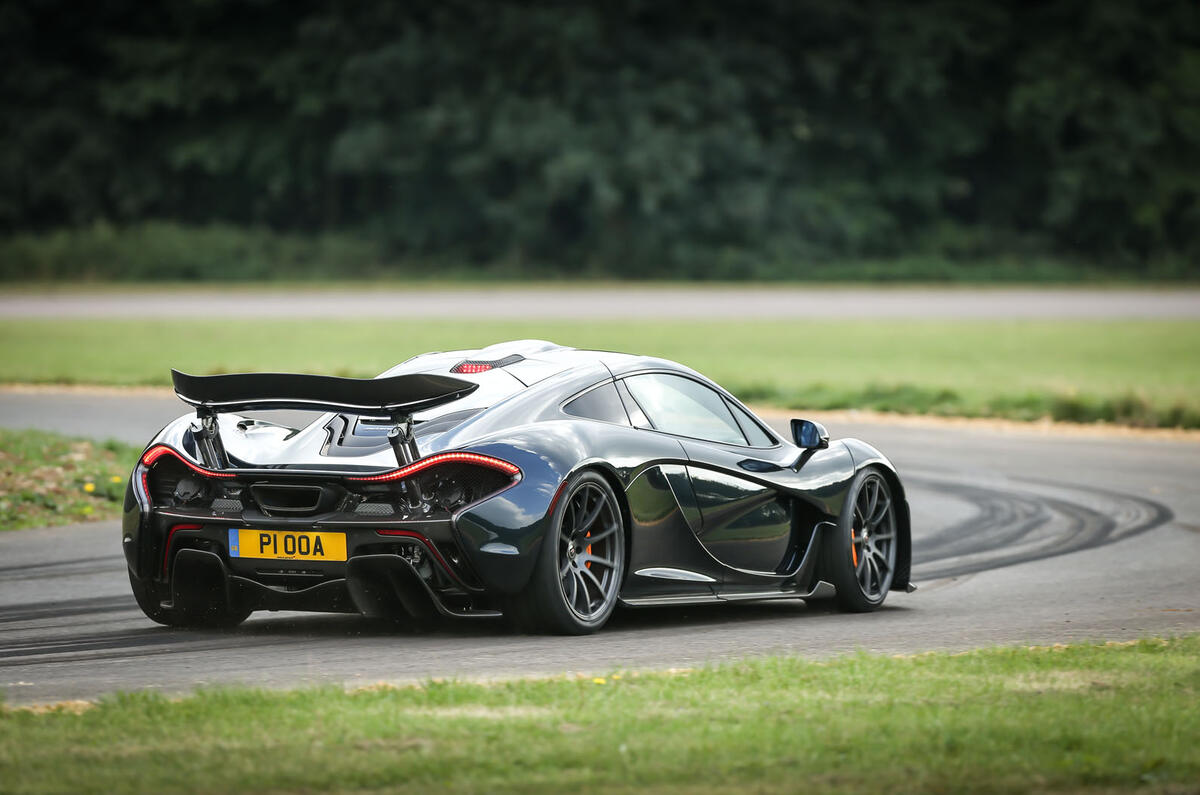
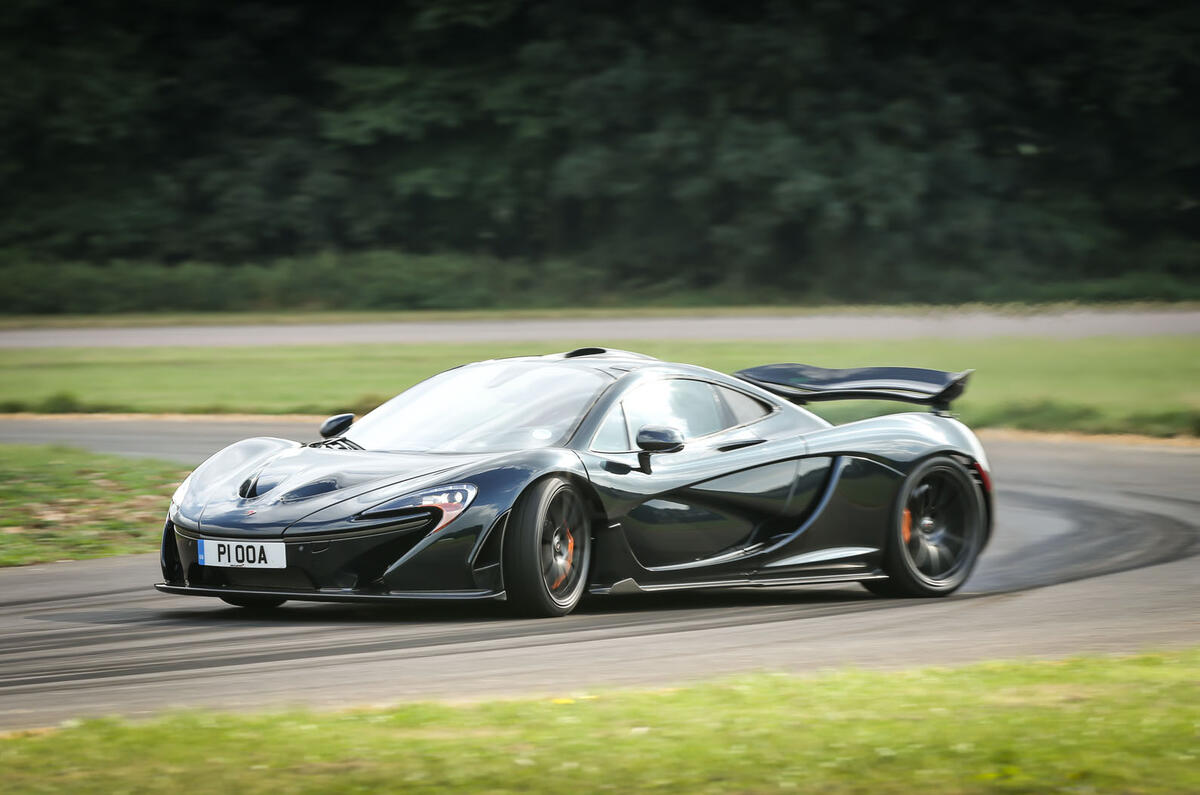
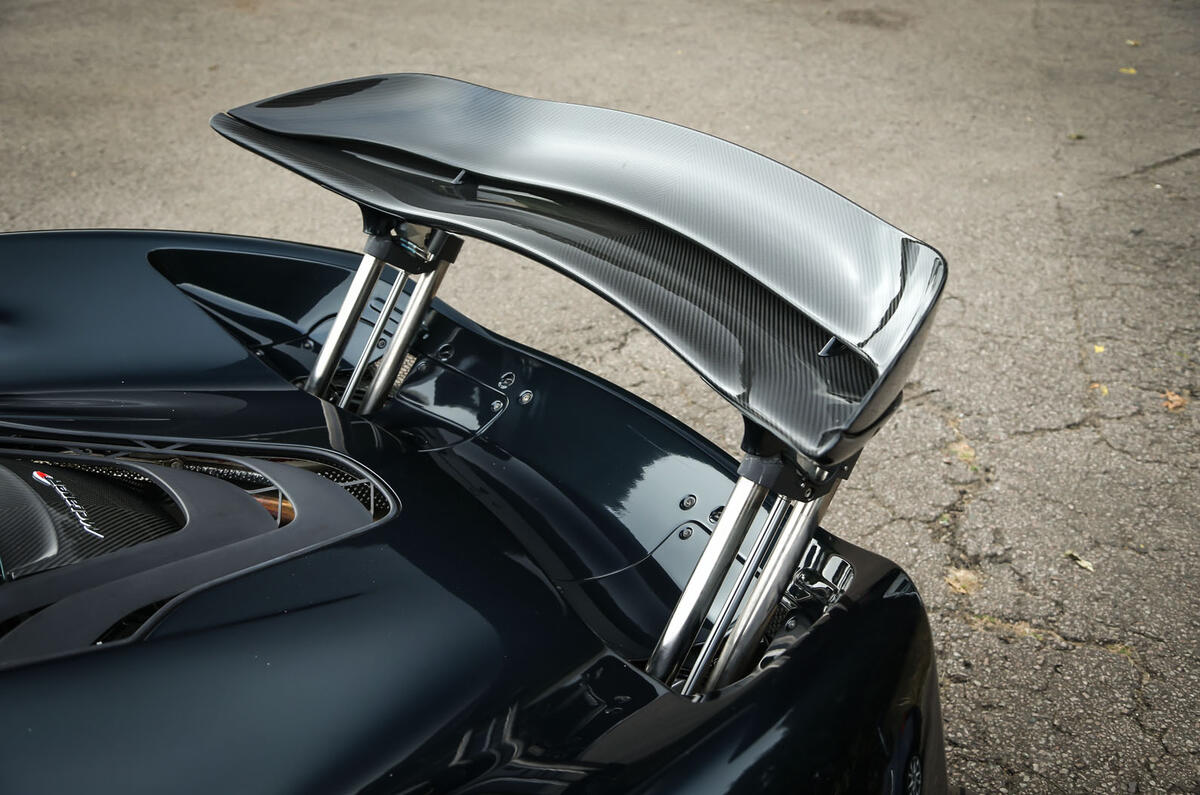
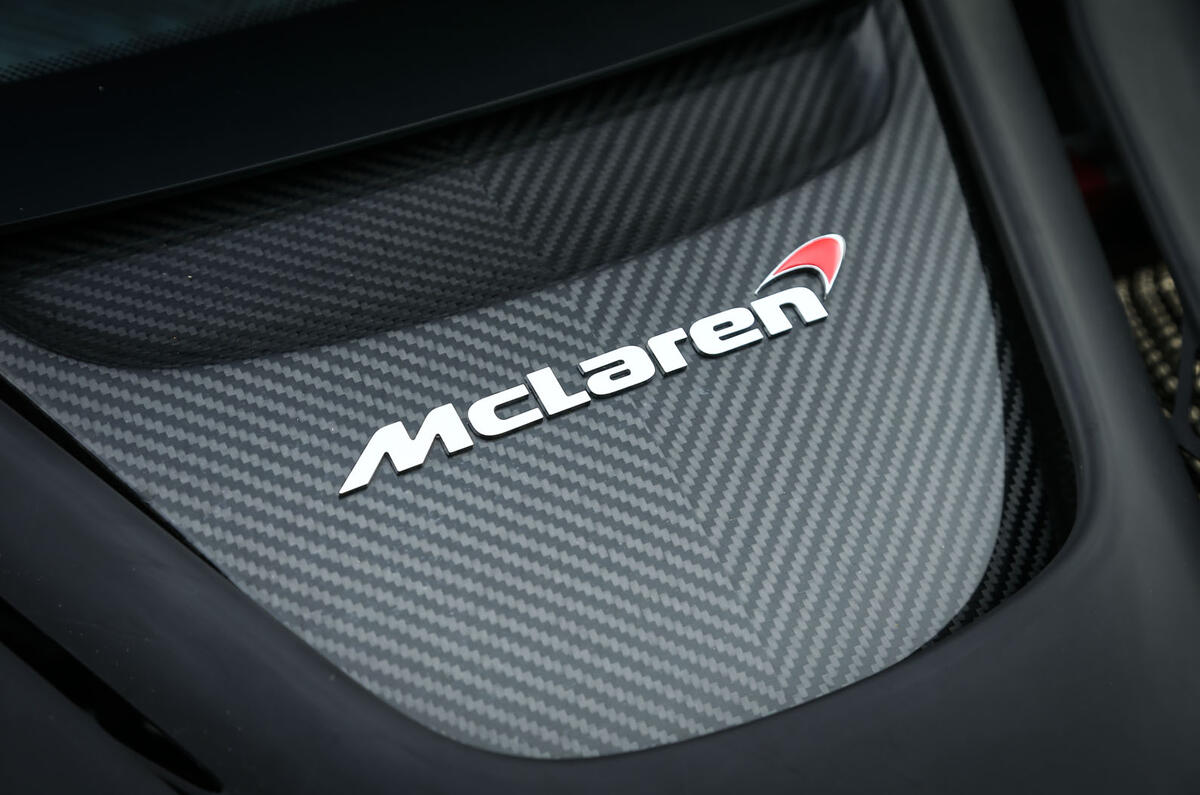
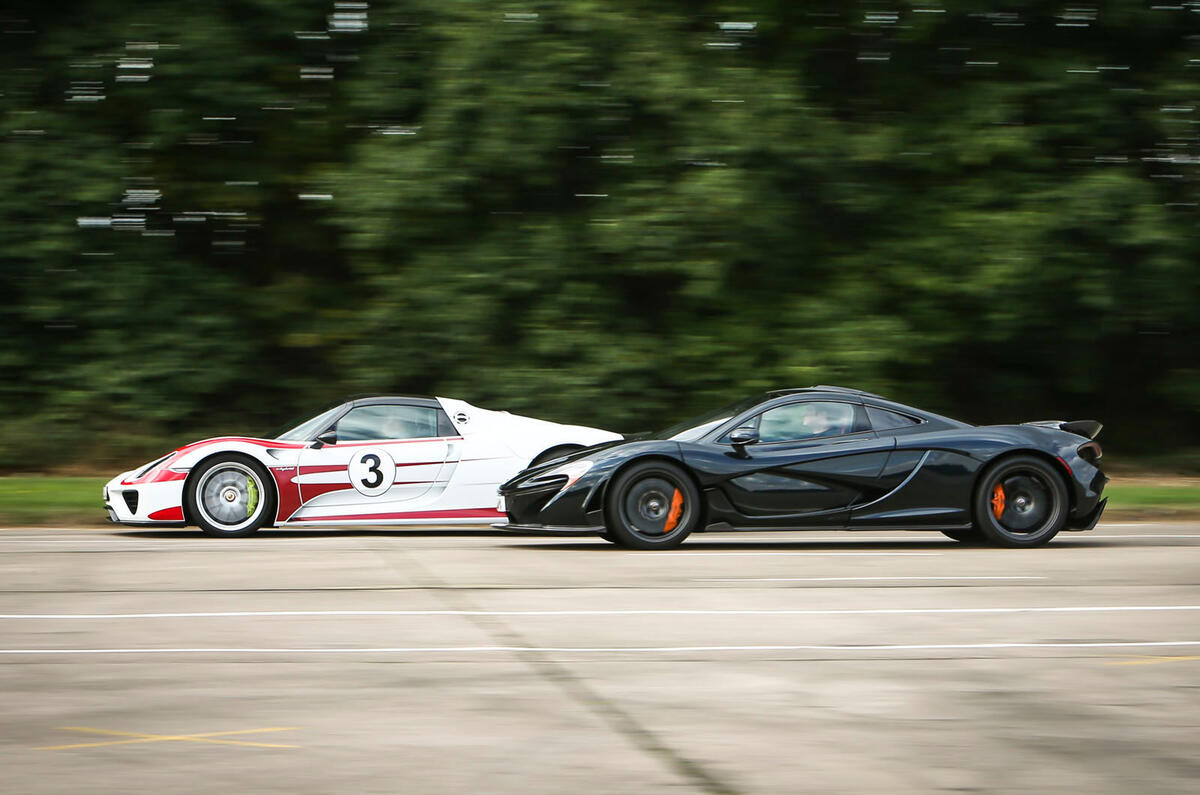
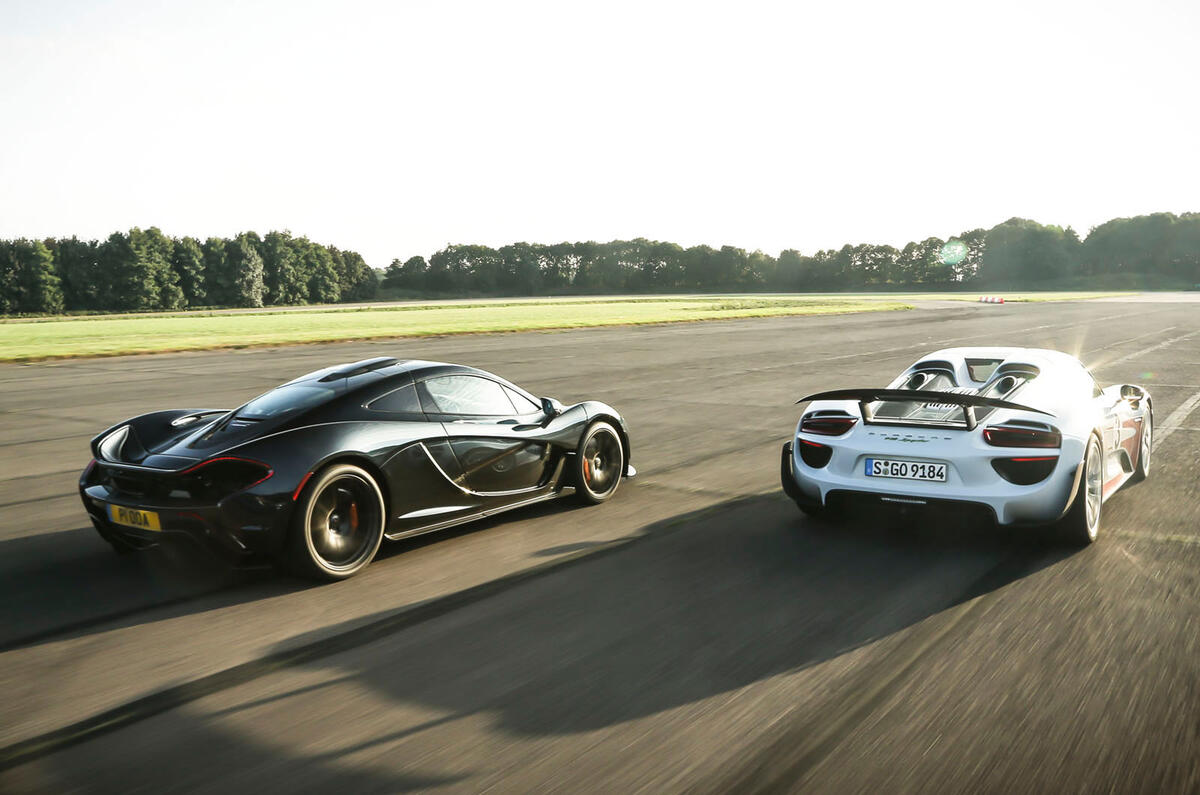
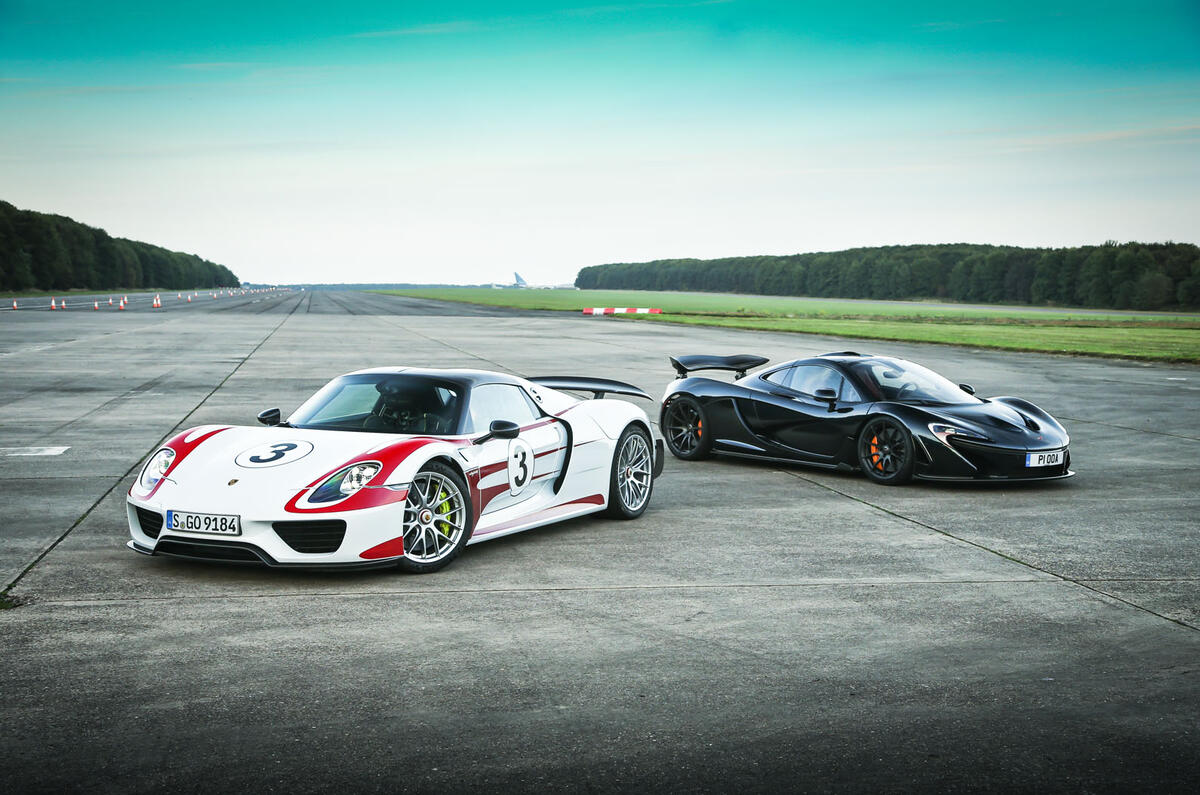

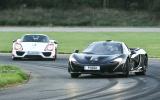


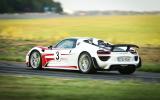
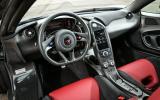
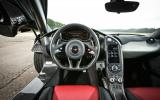
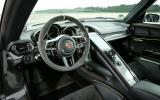
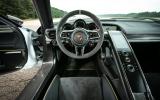
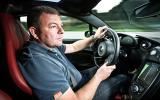
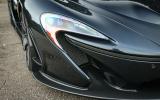
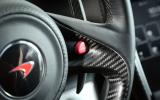
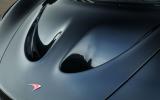
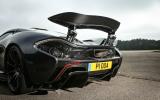
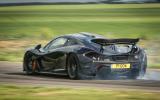
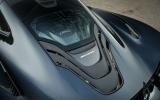

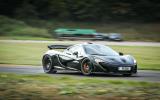

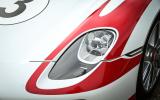
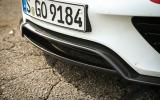
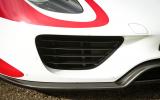

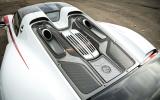

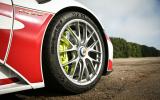
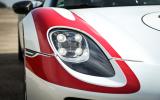


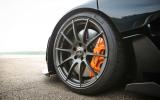
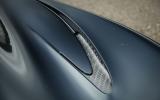
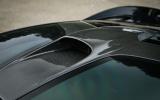
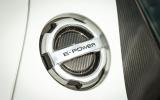
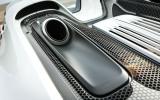
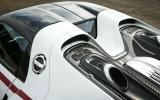

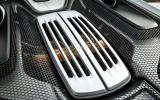
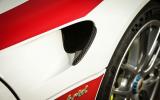

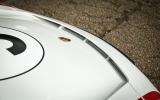

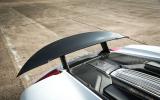

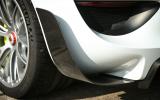
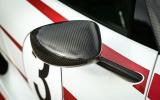
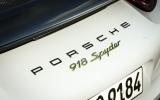
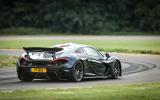
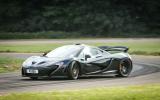
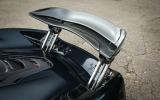
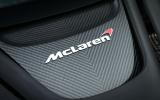
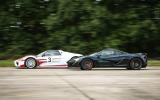




Add your comment
918's long-term engine wear?
So, you jump into your 918 and, being eco-consious, you cruise through the congested metropolis in zero-pollution electric mode. Then, as you hit the motorway's on-ramp a prod of throttle lights up the V8. And boom, that complex (and costly) V8 has gone from stone cold, metal-against-metal, to c. 3000rpm and is now cruising at 80ish - ouch!
In short, going from cold start-up to motorway pace in one fell swoop is not good for medium- to long-term engine life. Or does the 918 have an F1-style system that pre-heats the engine oil before cold start ups? Or is Porsche relying on owners to diligently warm their engines?
Hmm, if the latter, a used 918 could be an expensive timebomb...
Well to be honest......!
Incomplete without the Ferrari
And what if the Ferrari won?